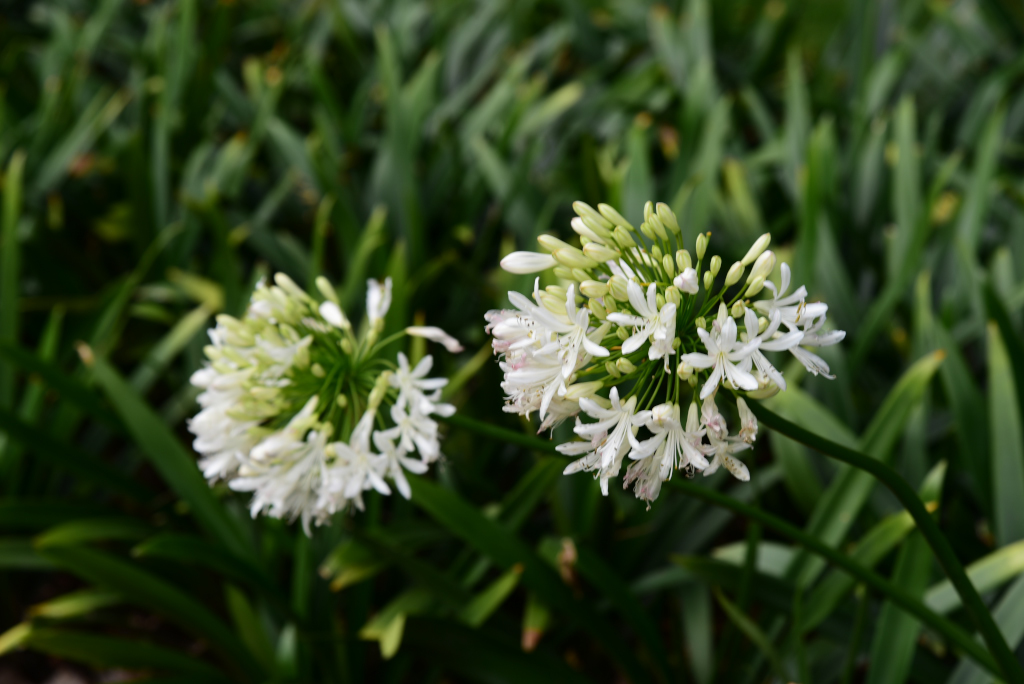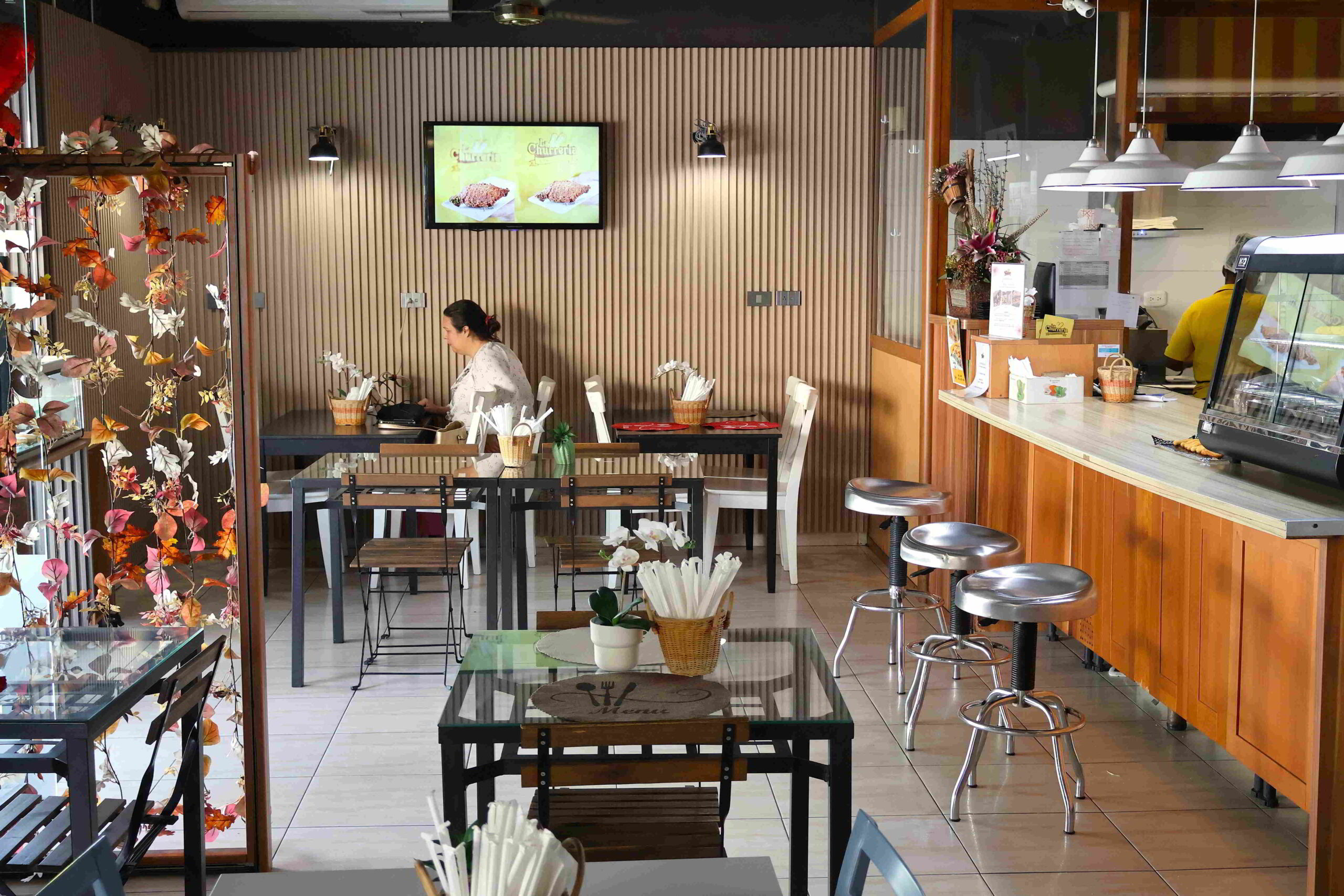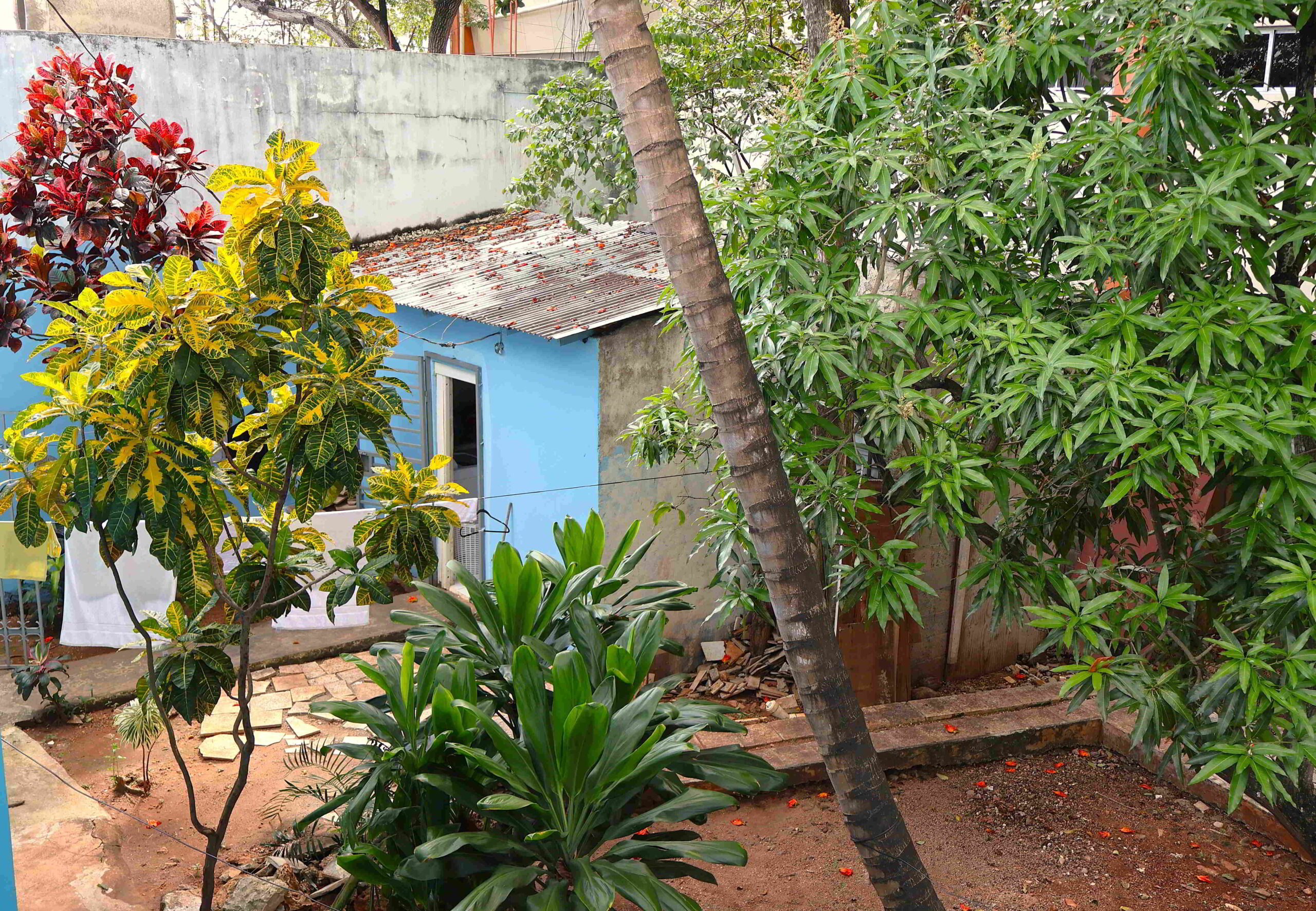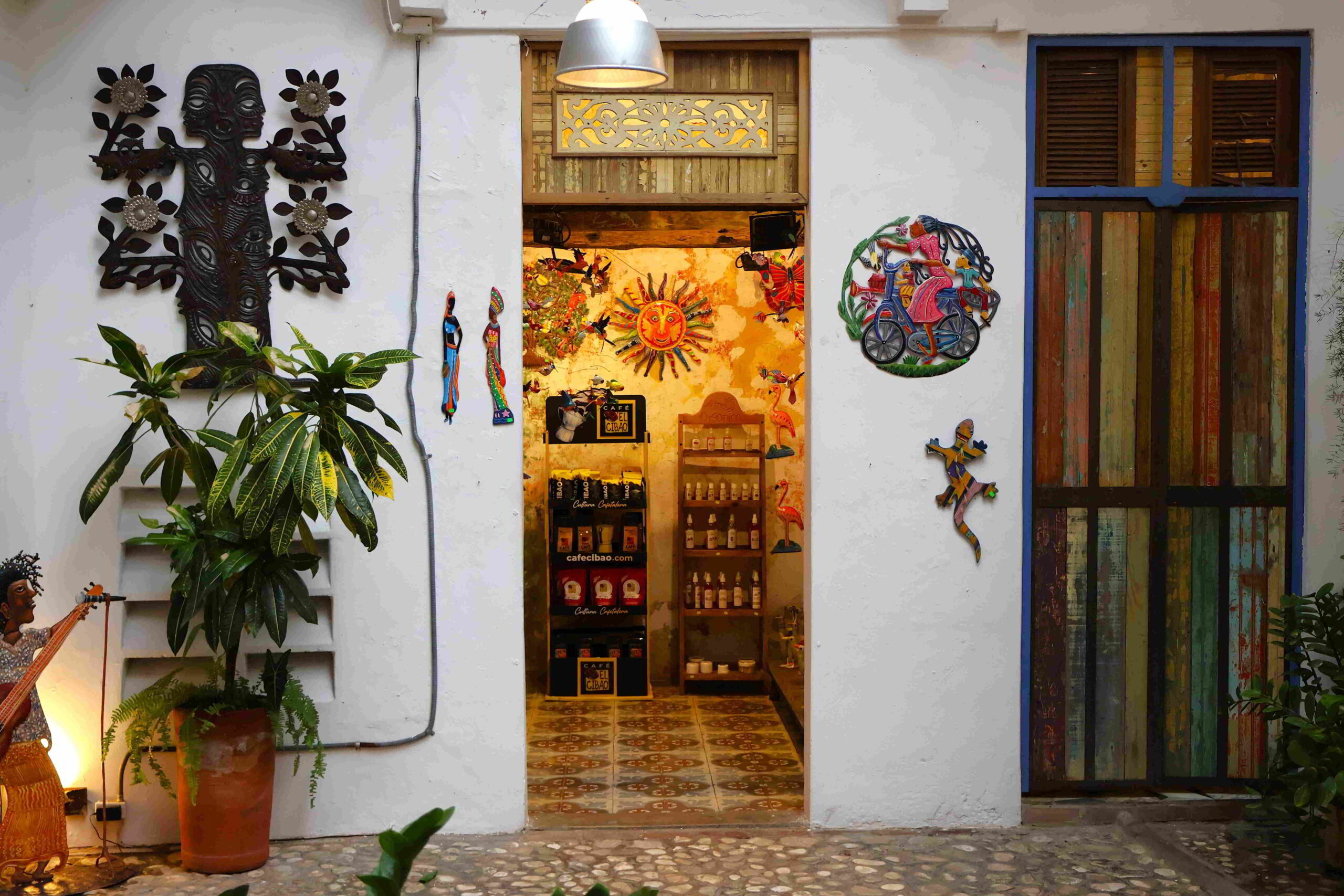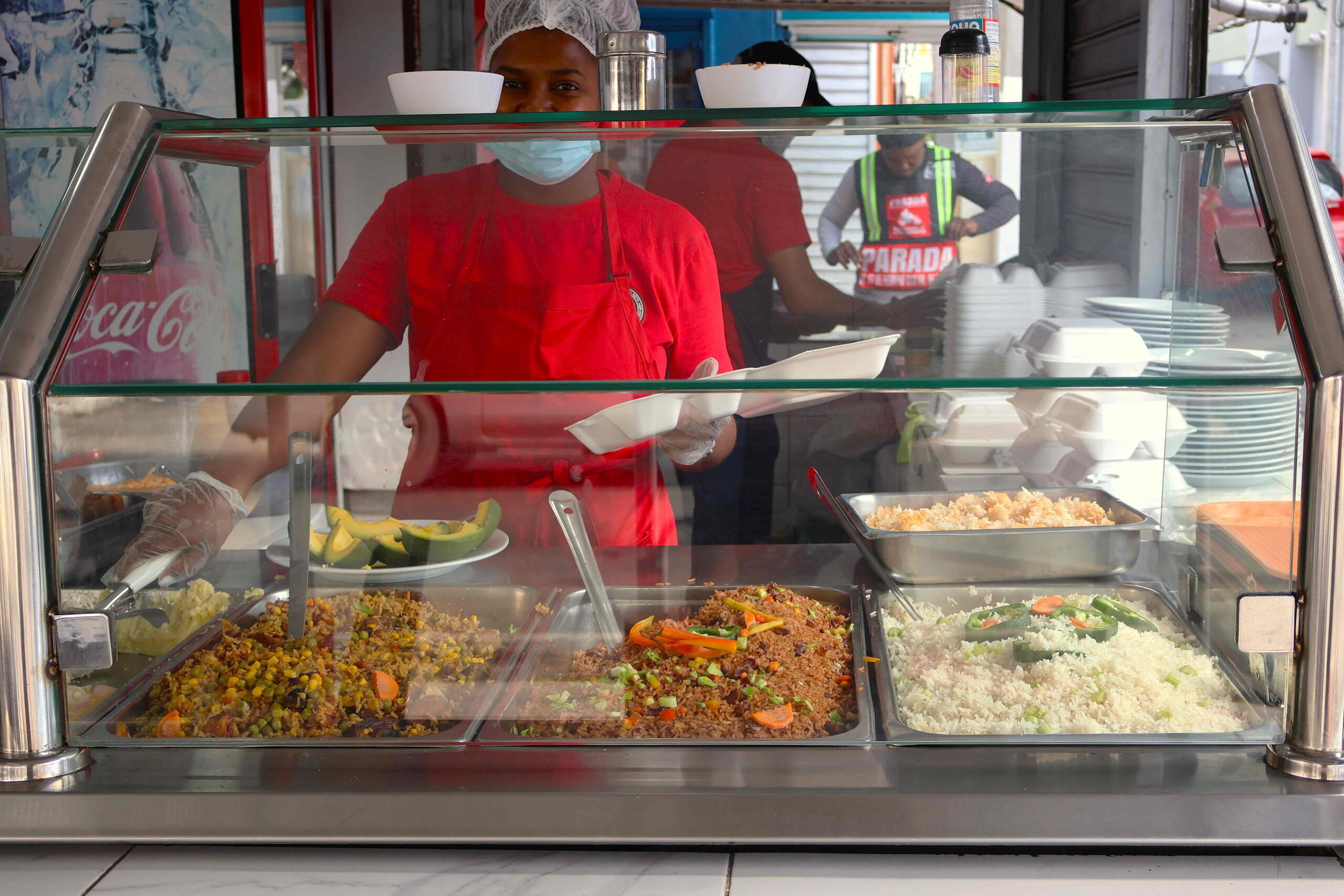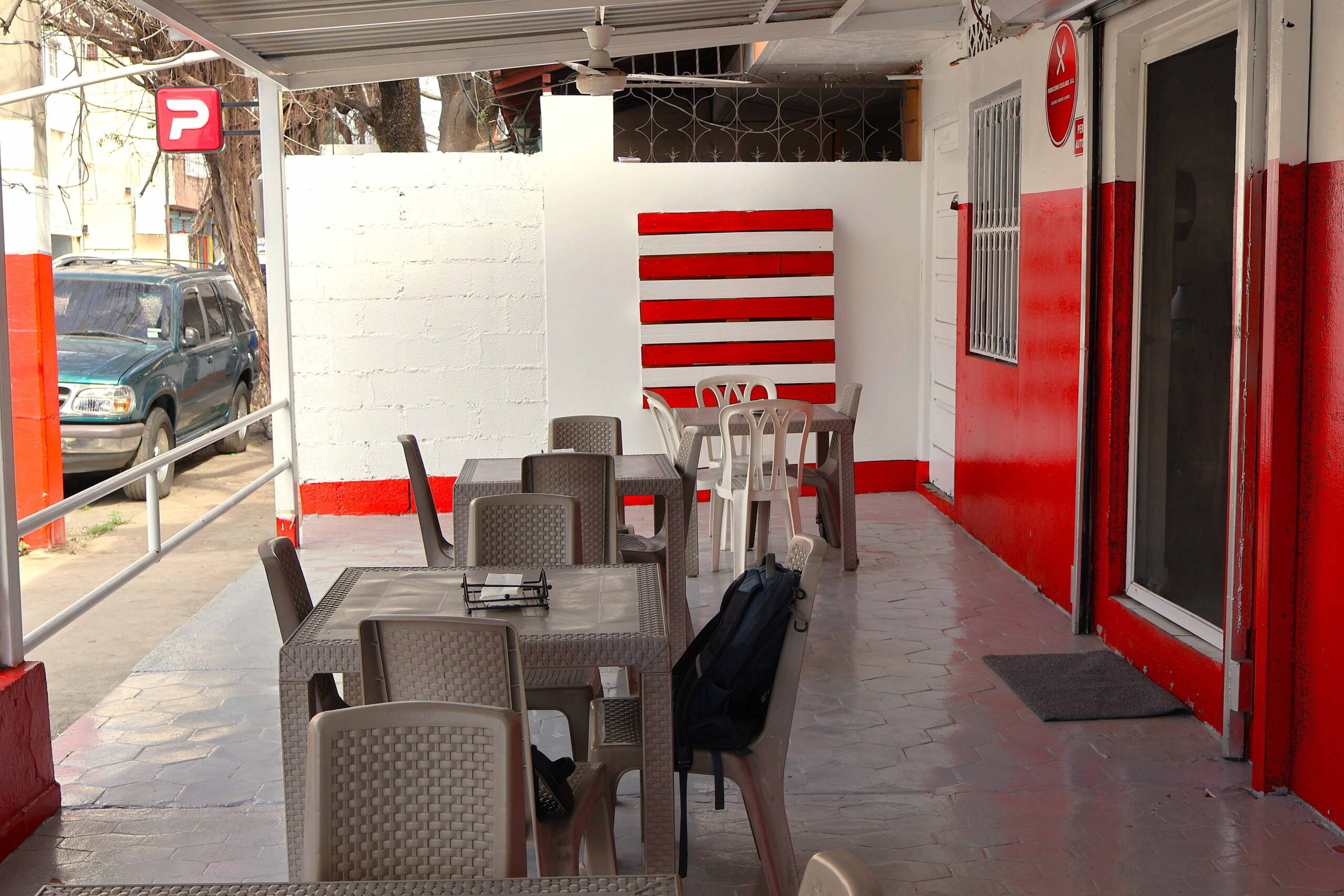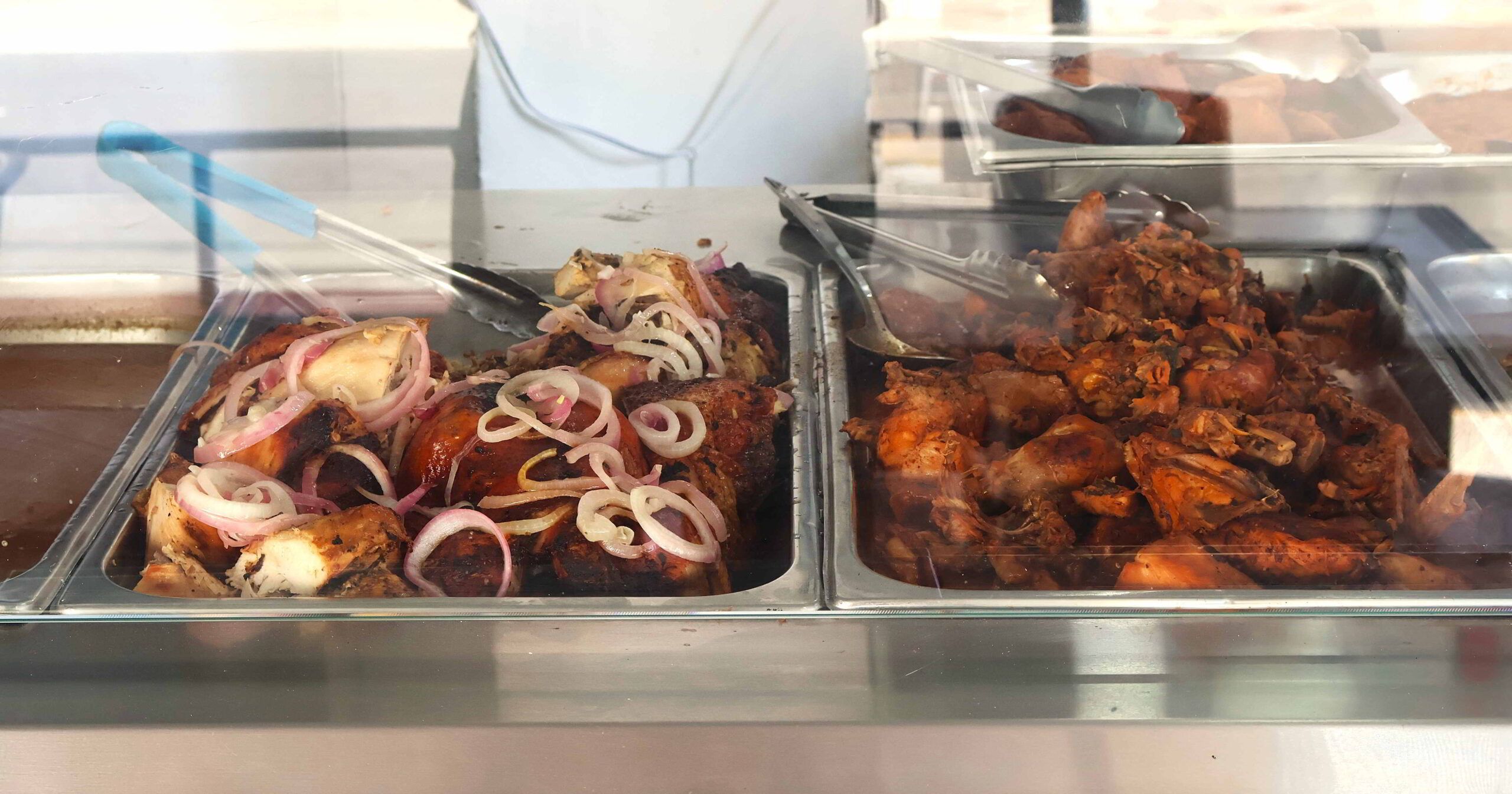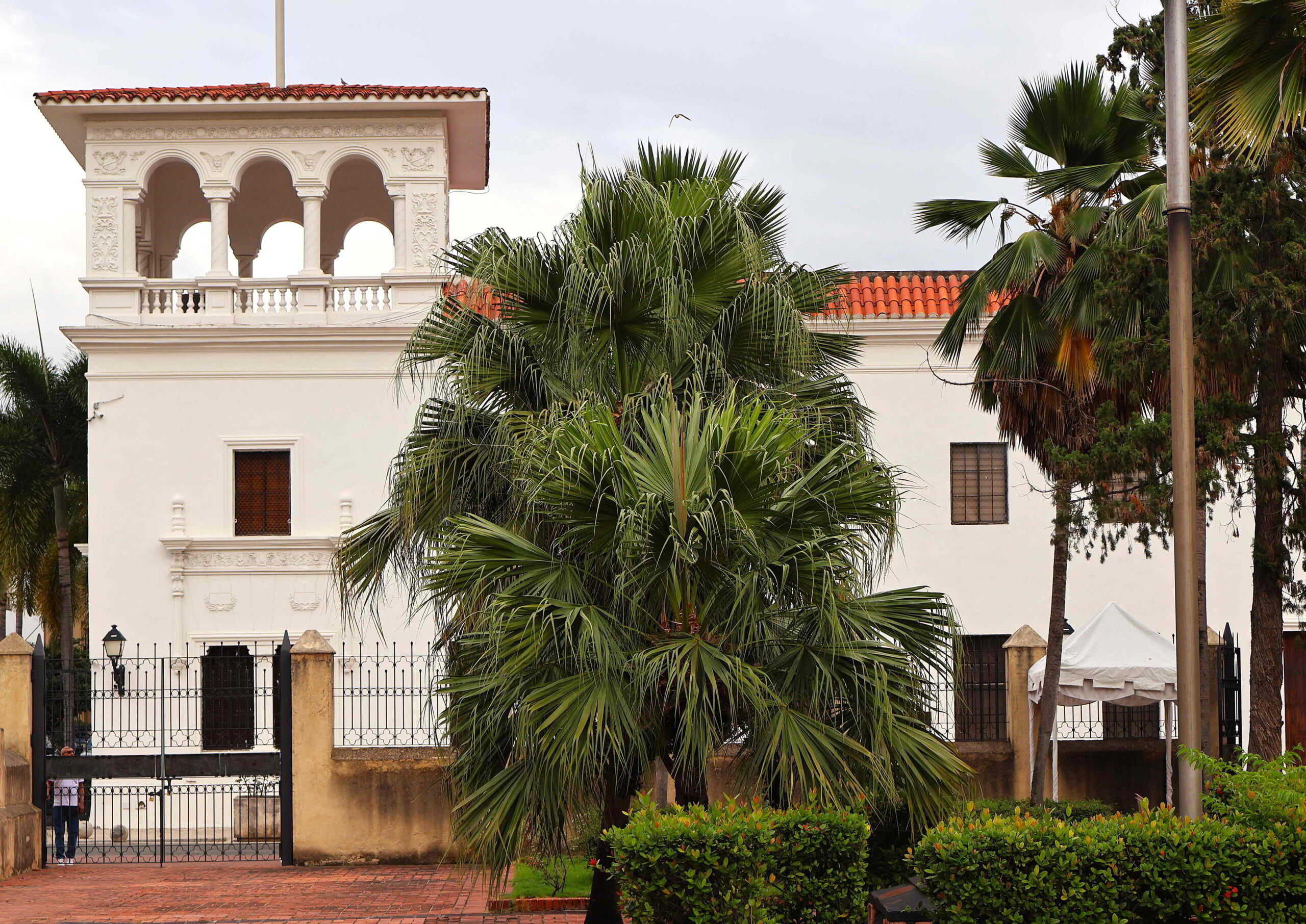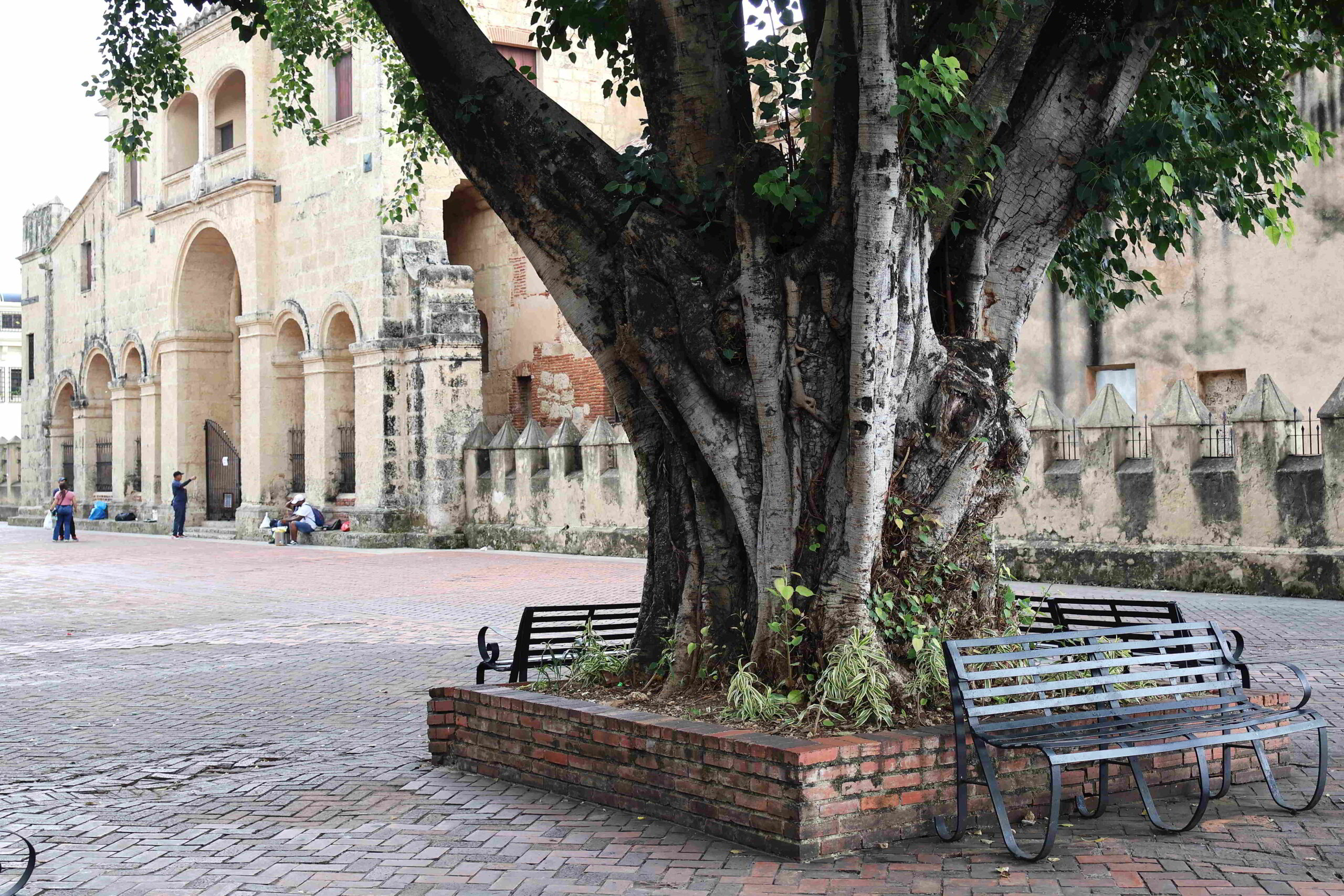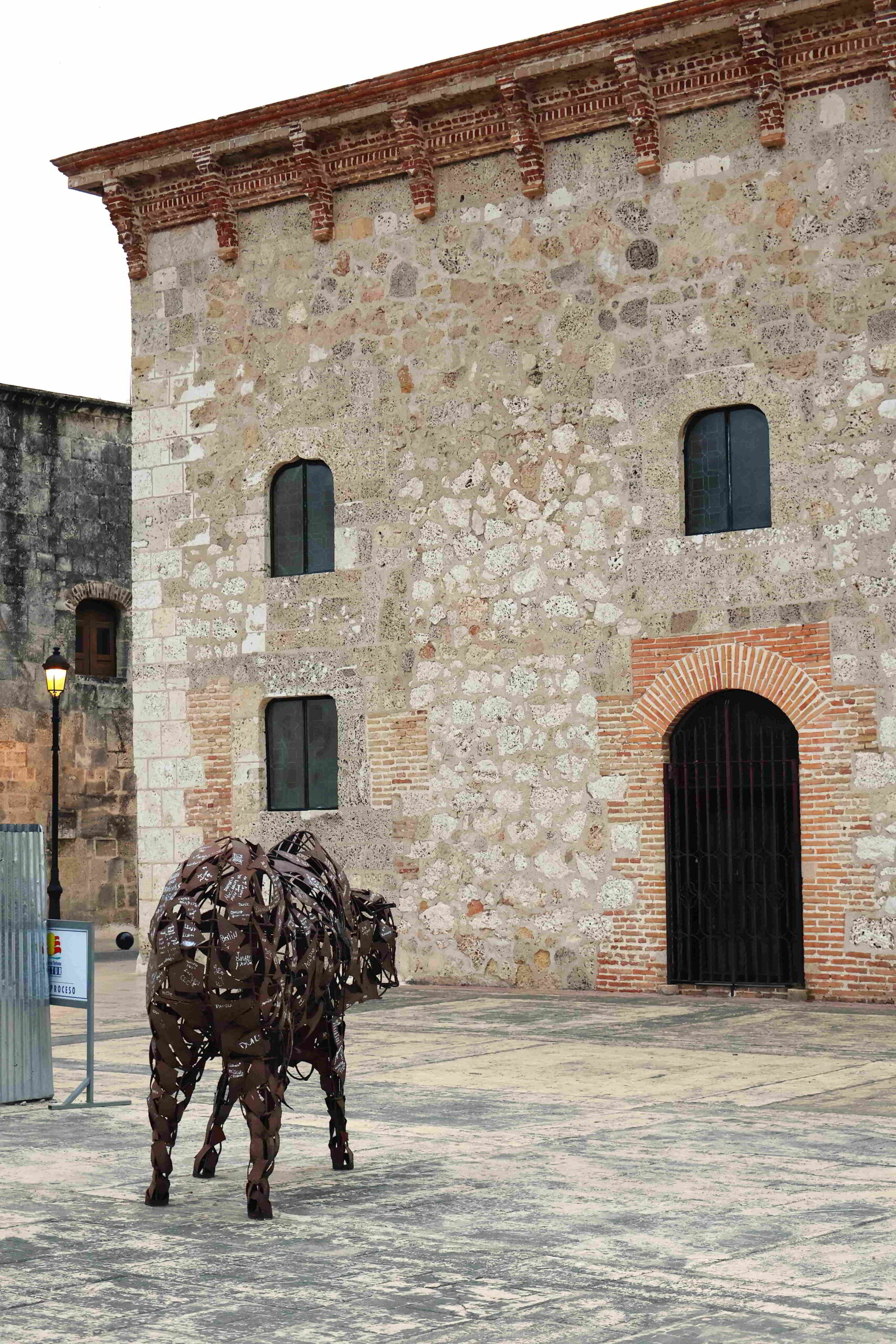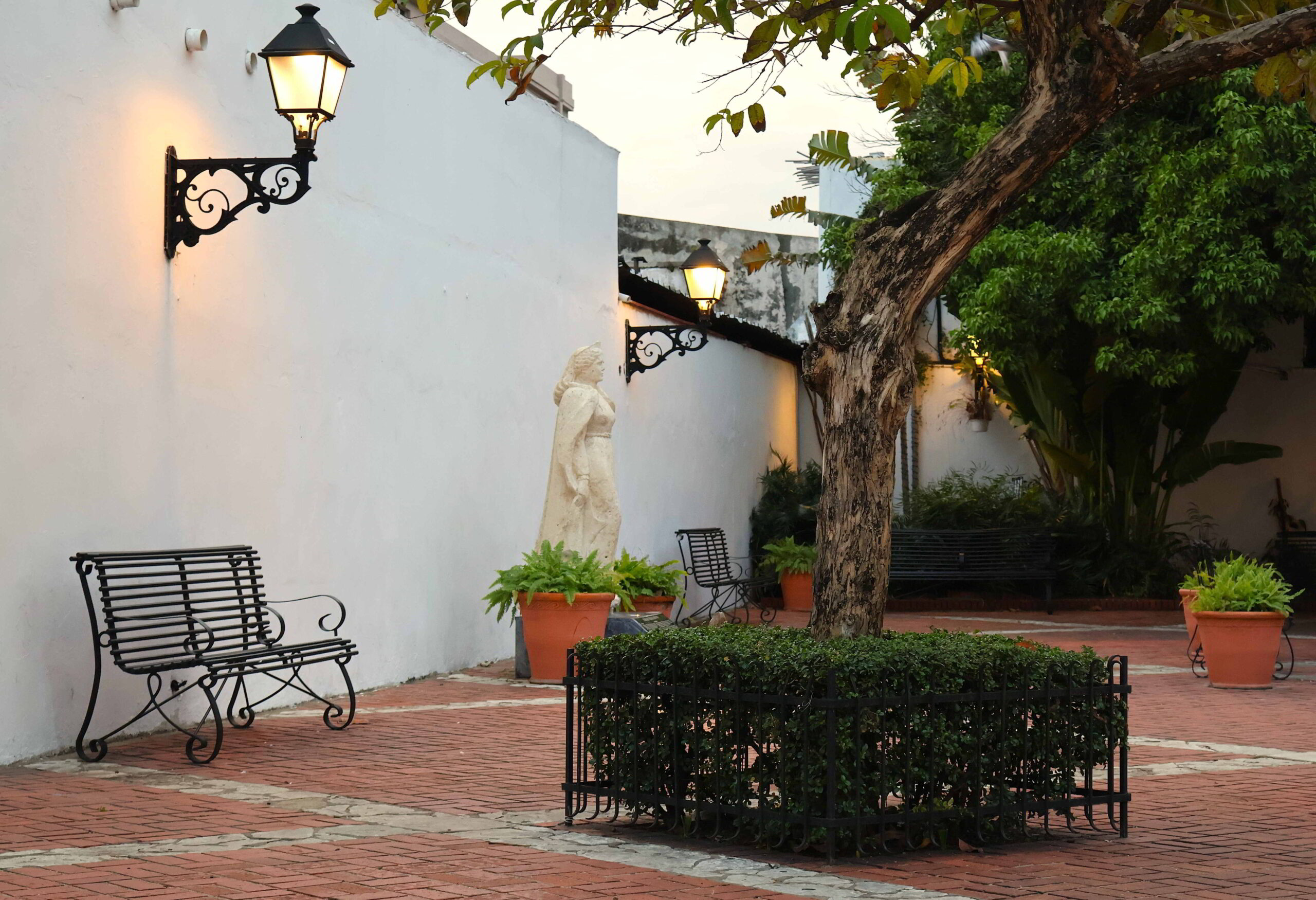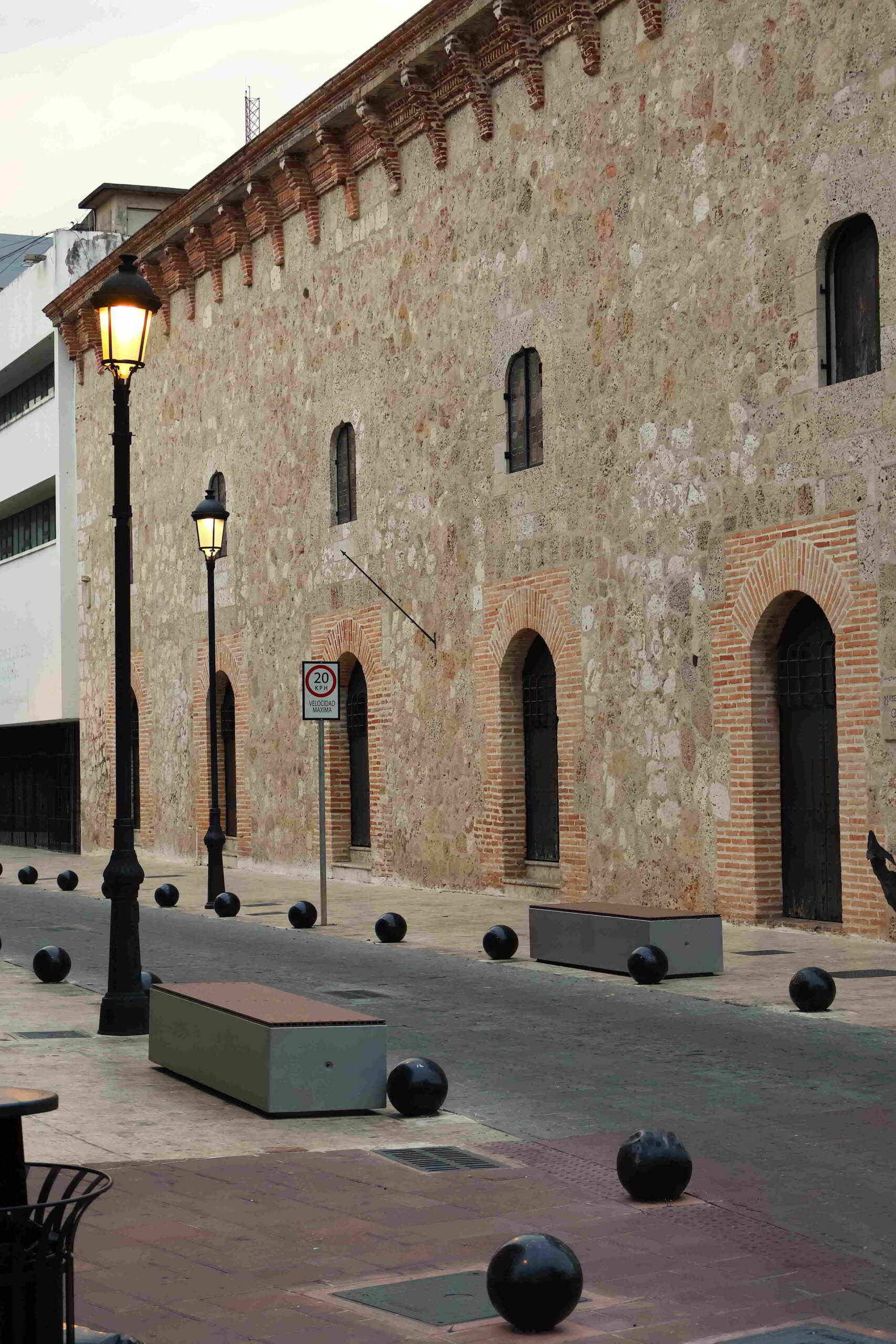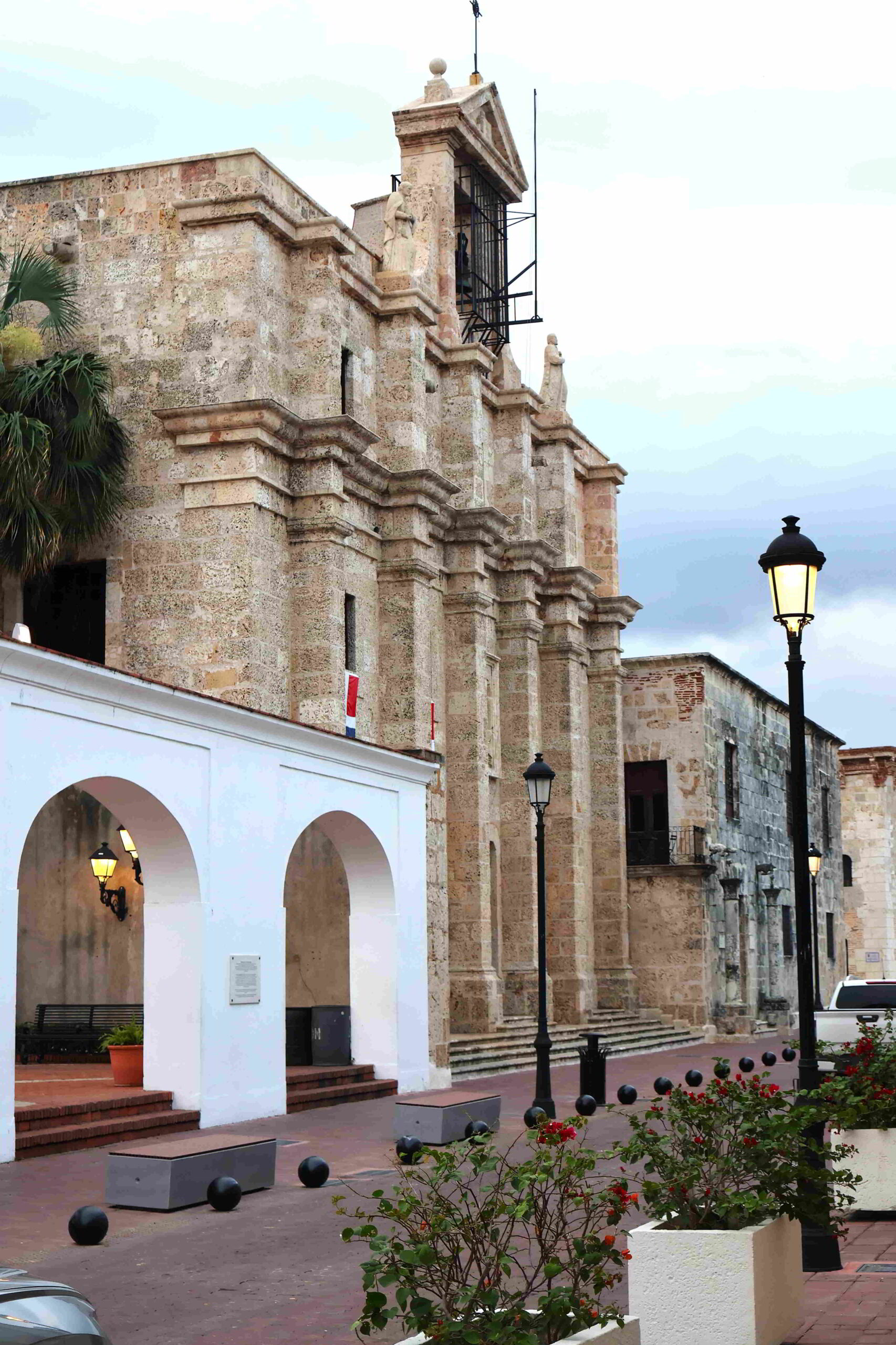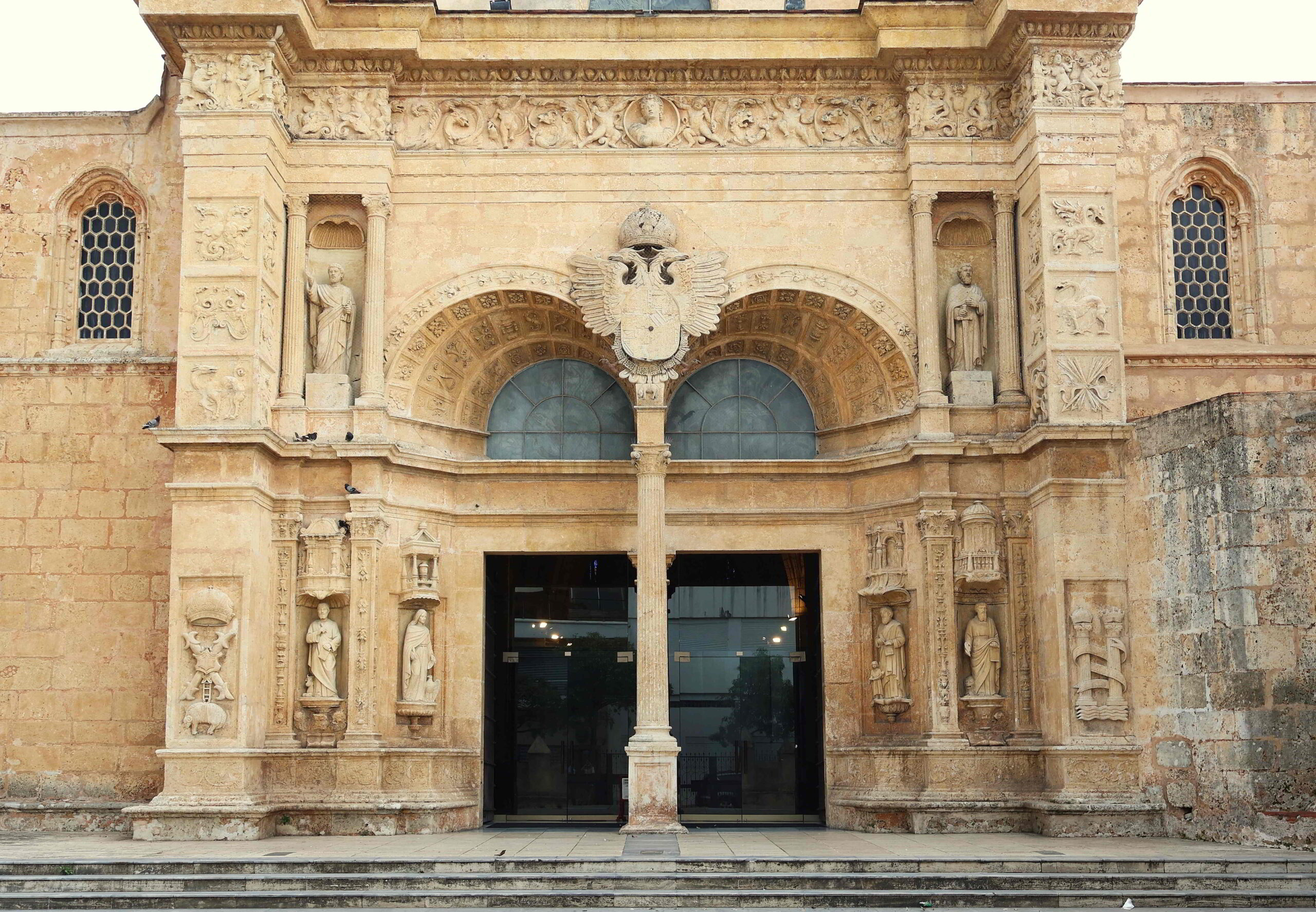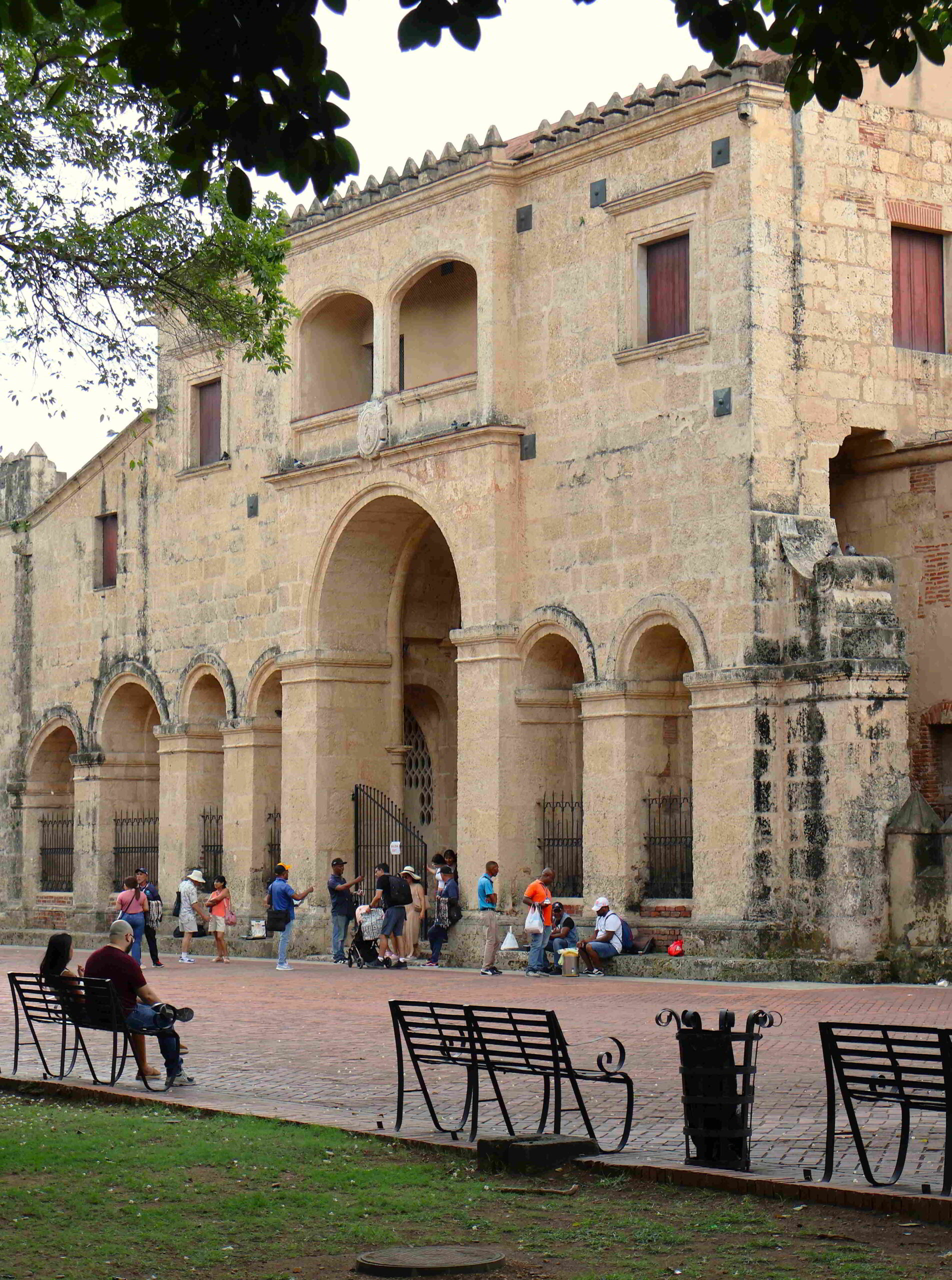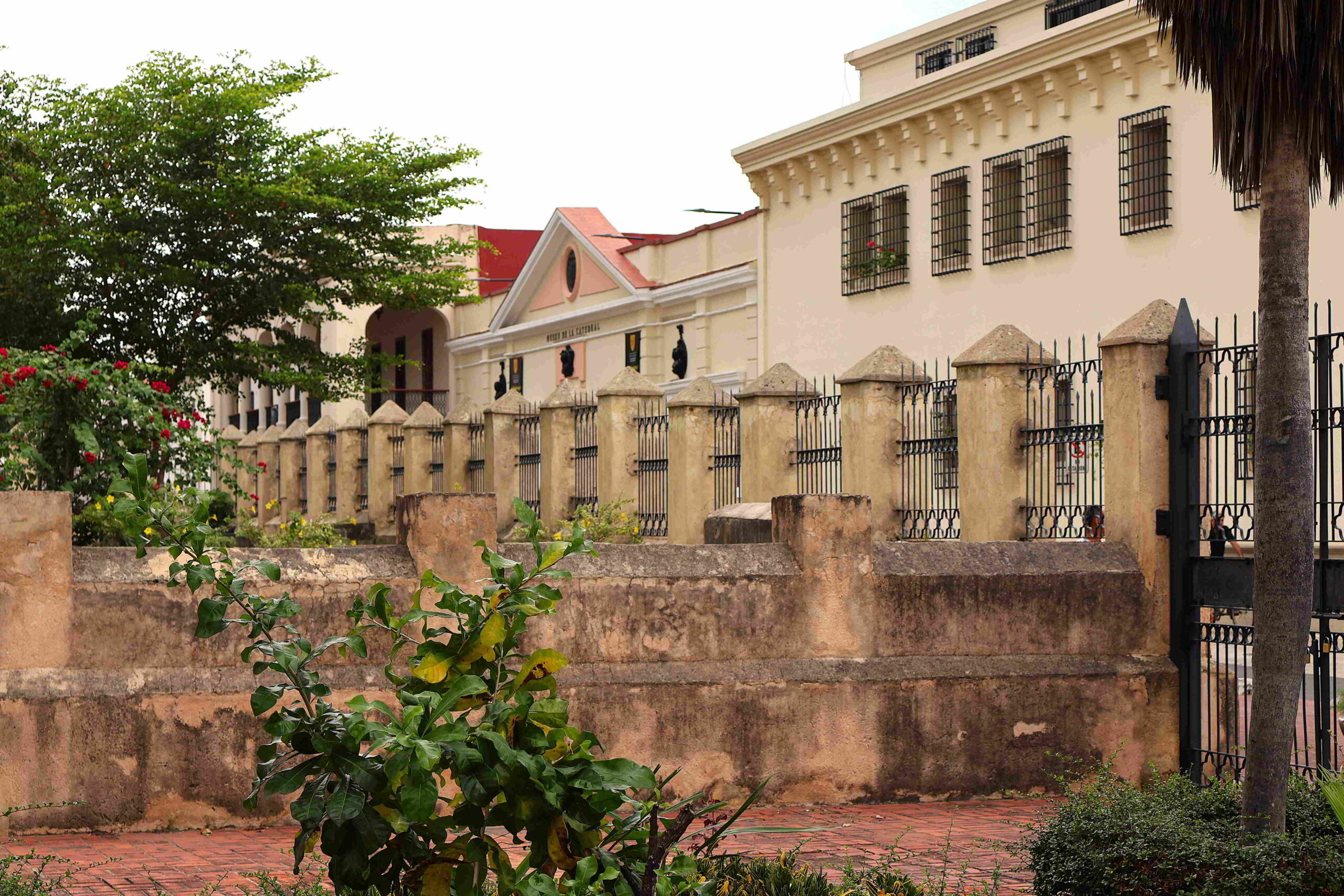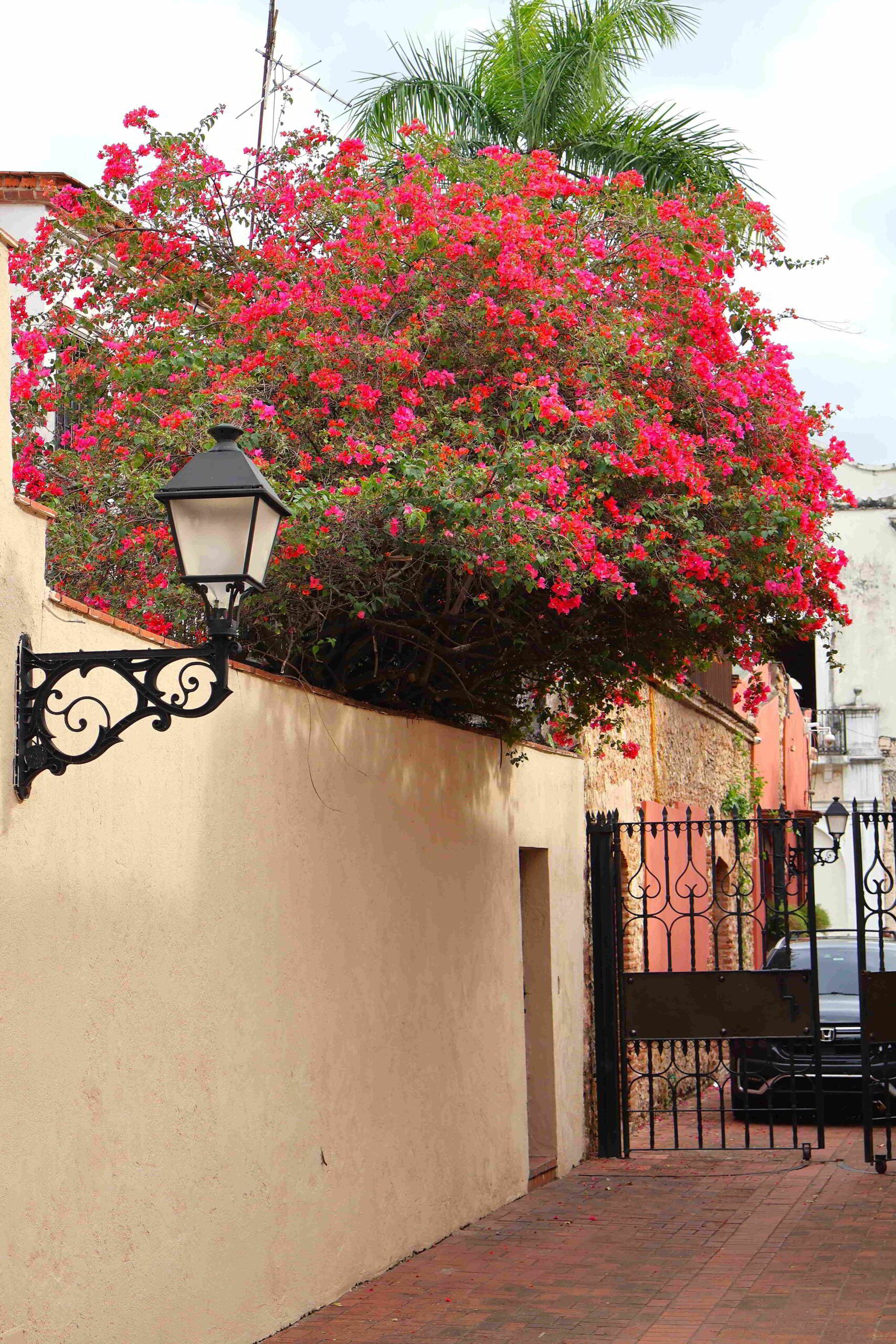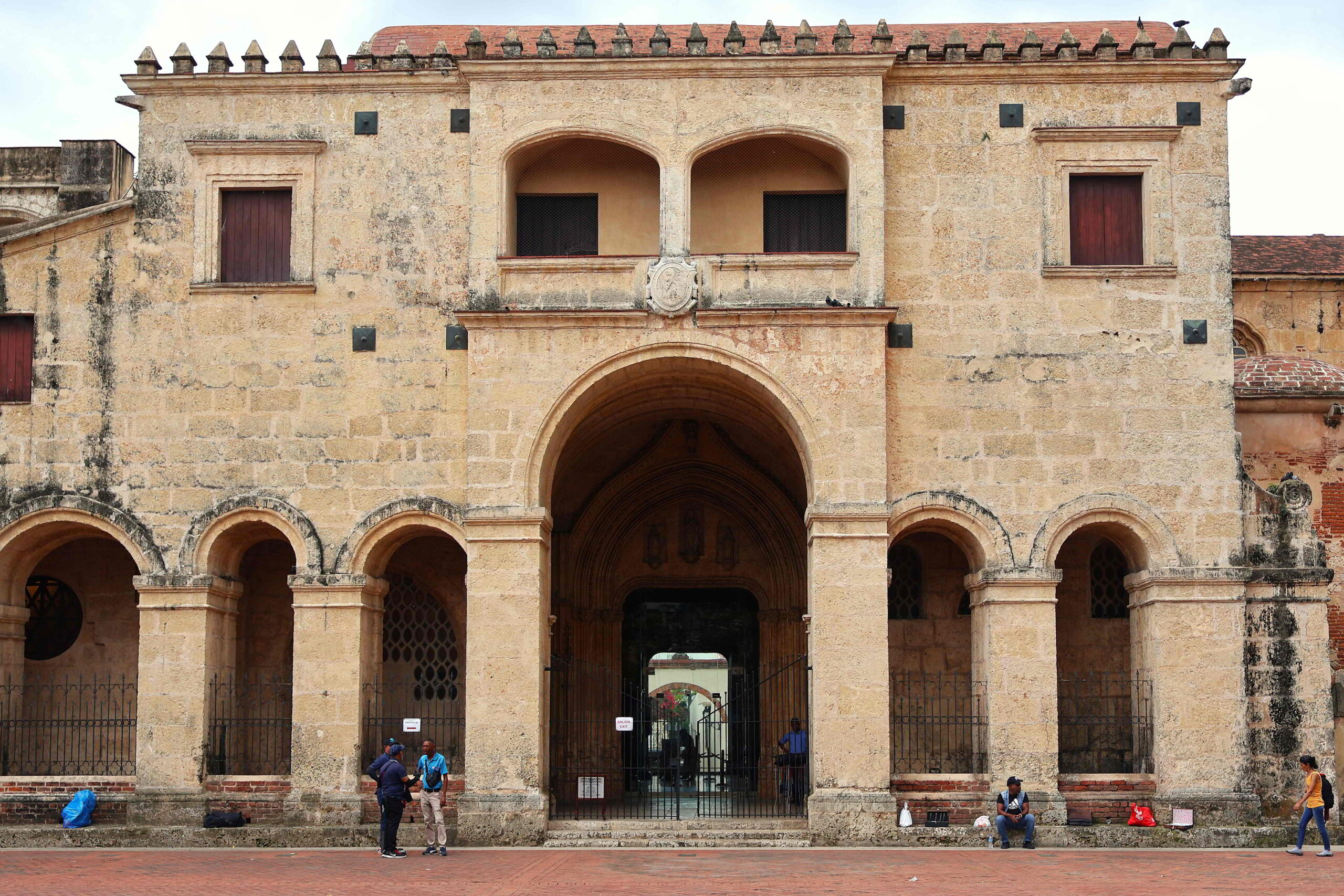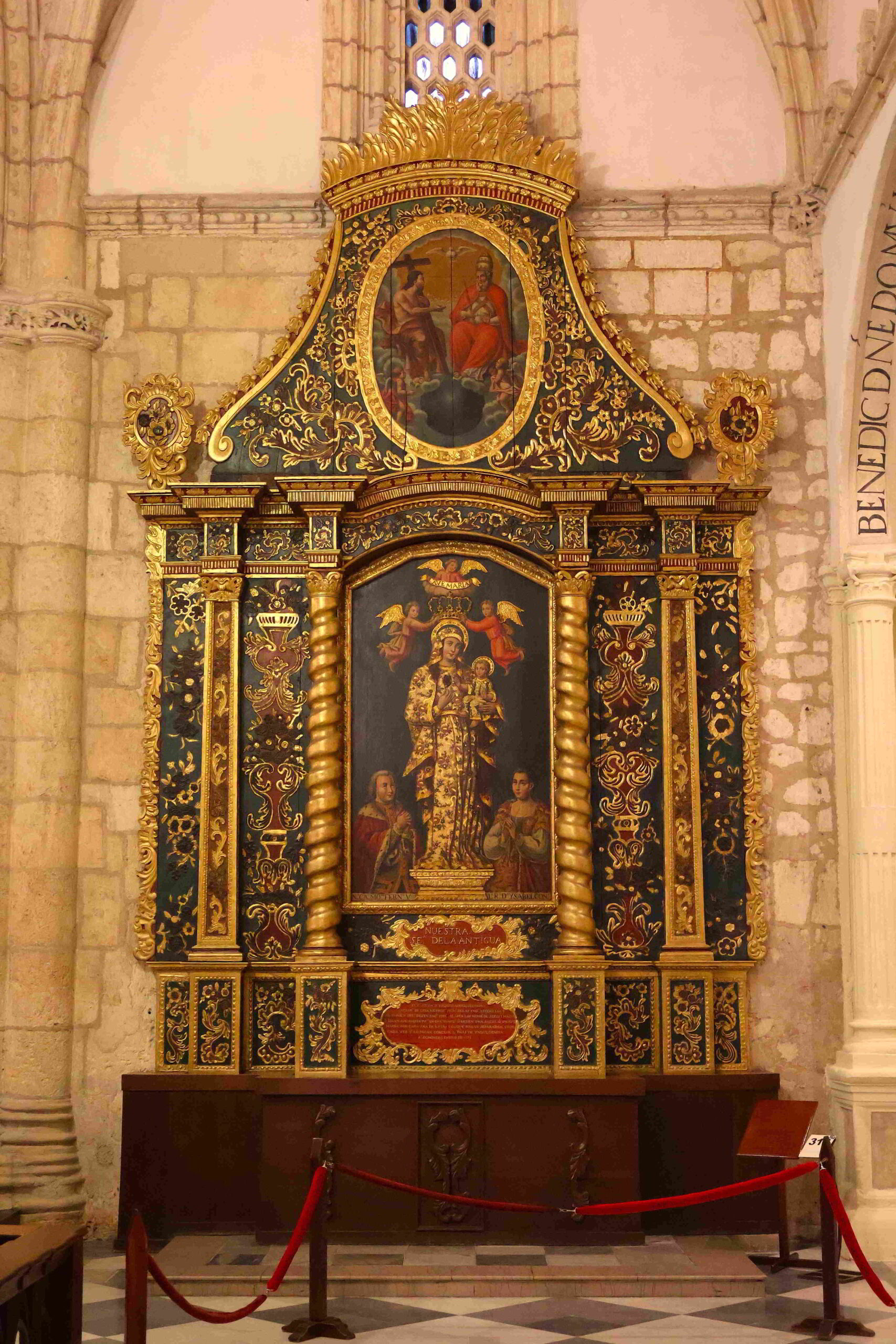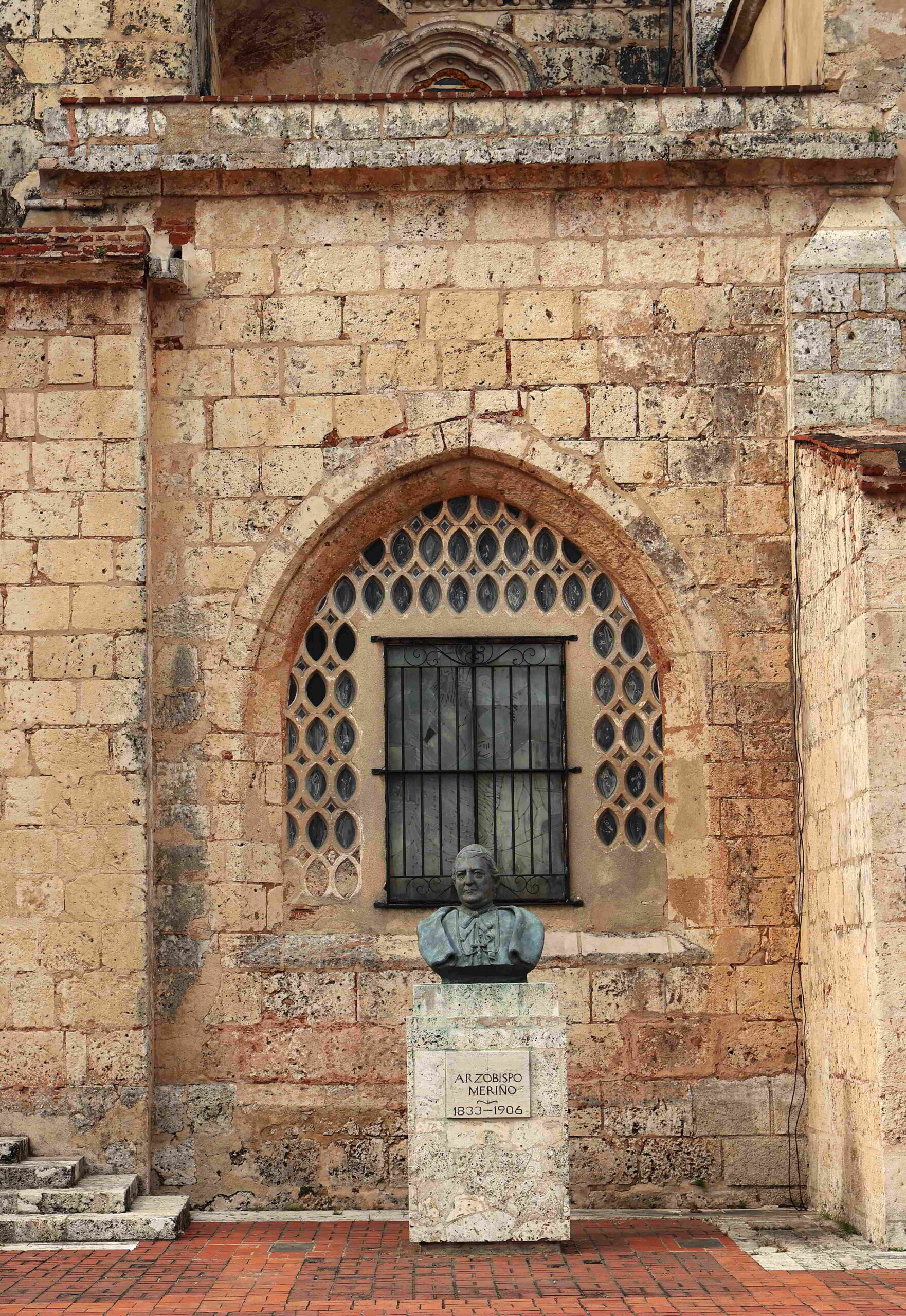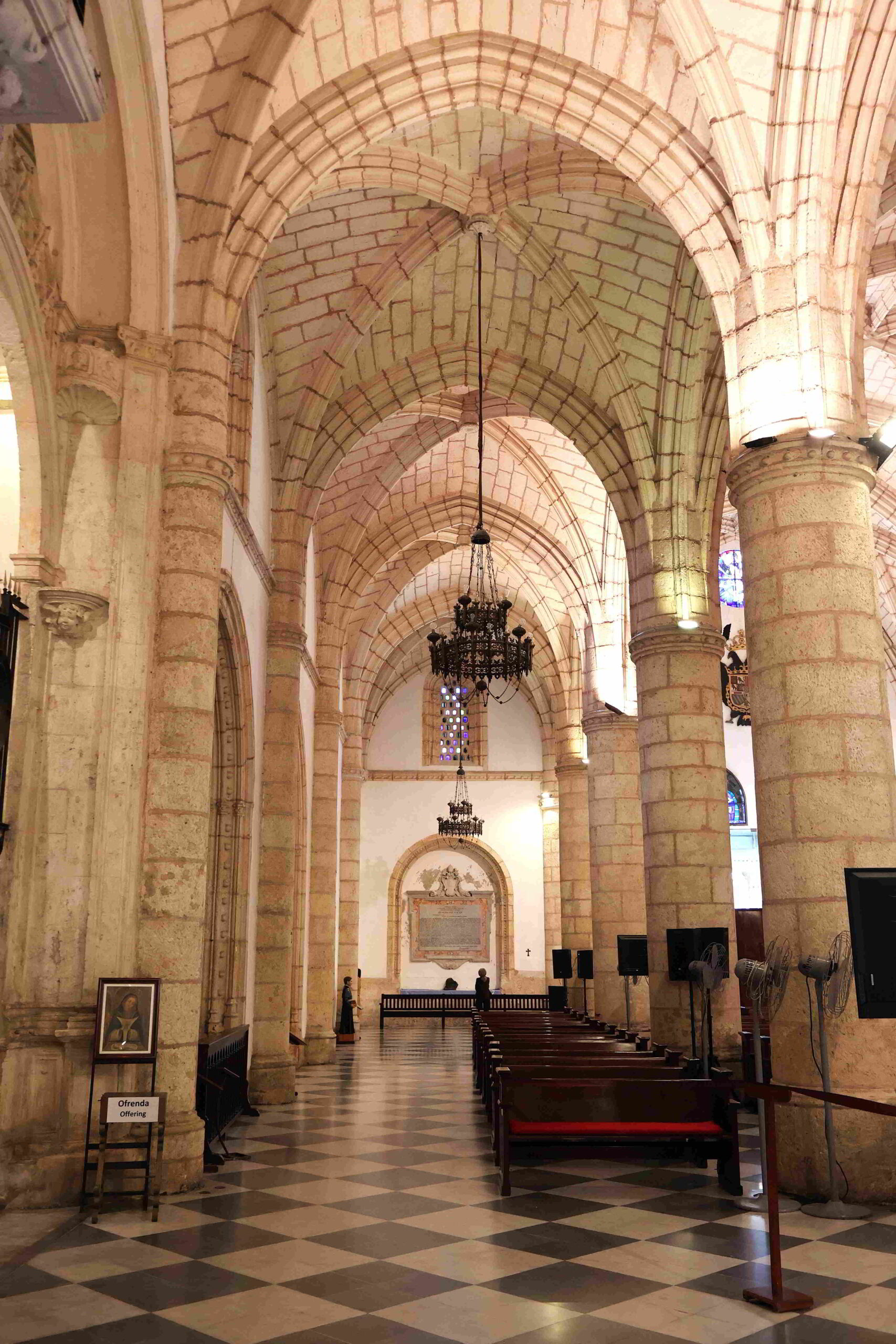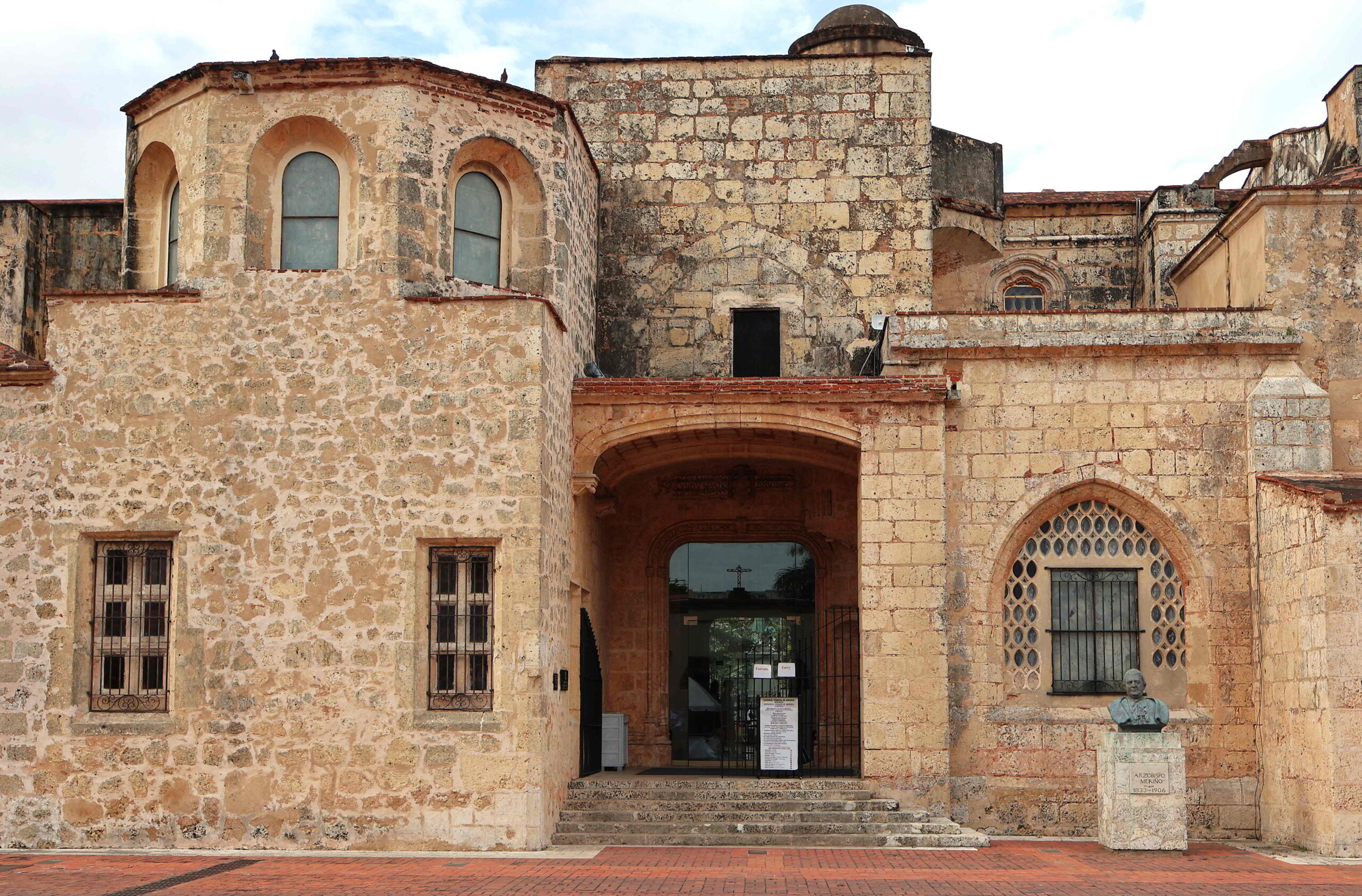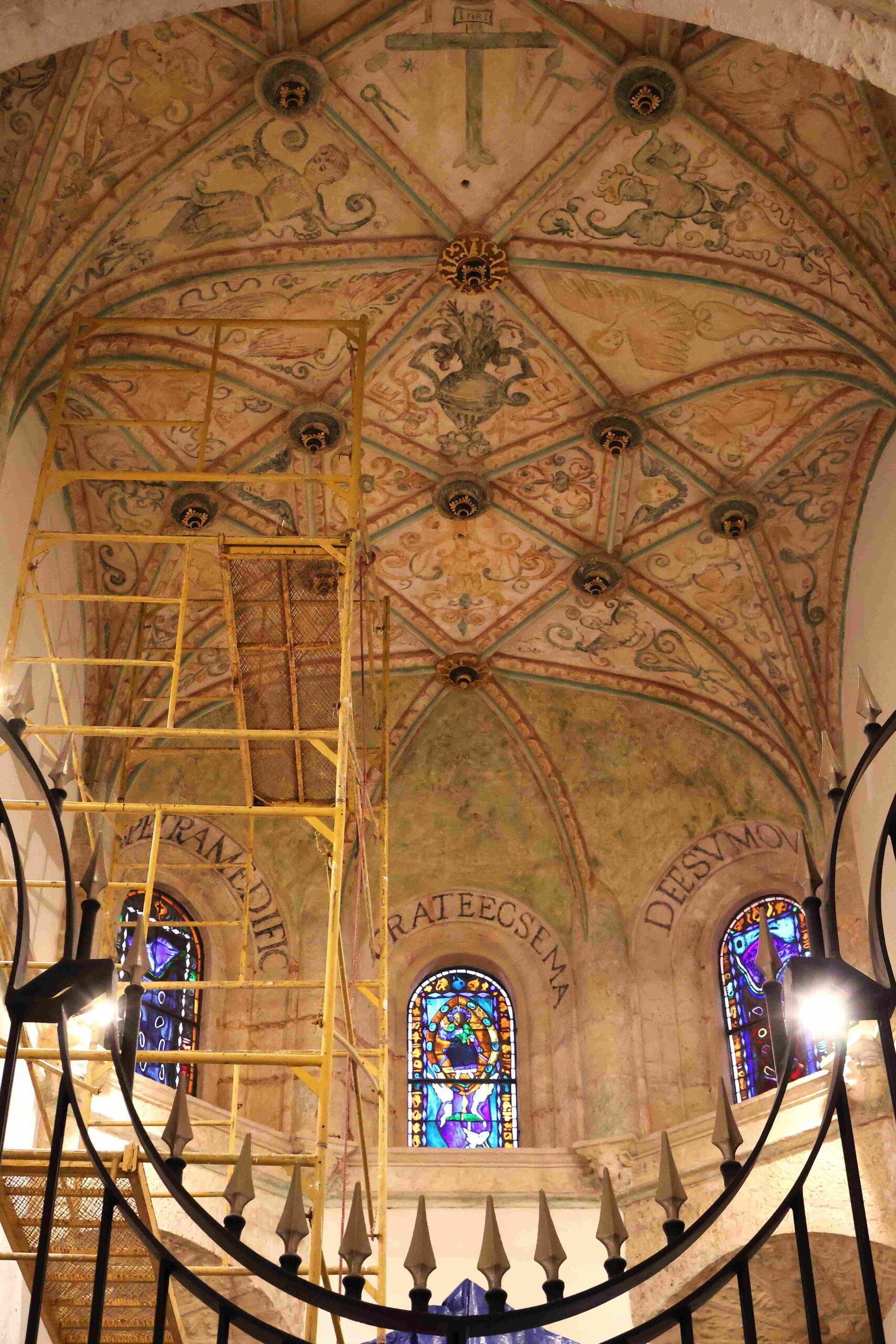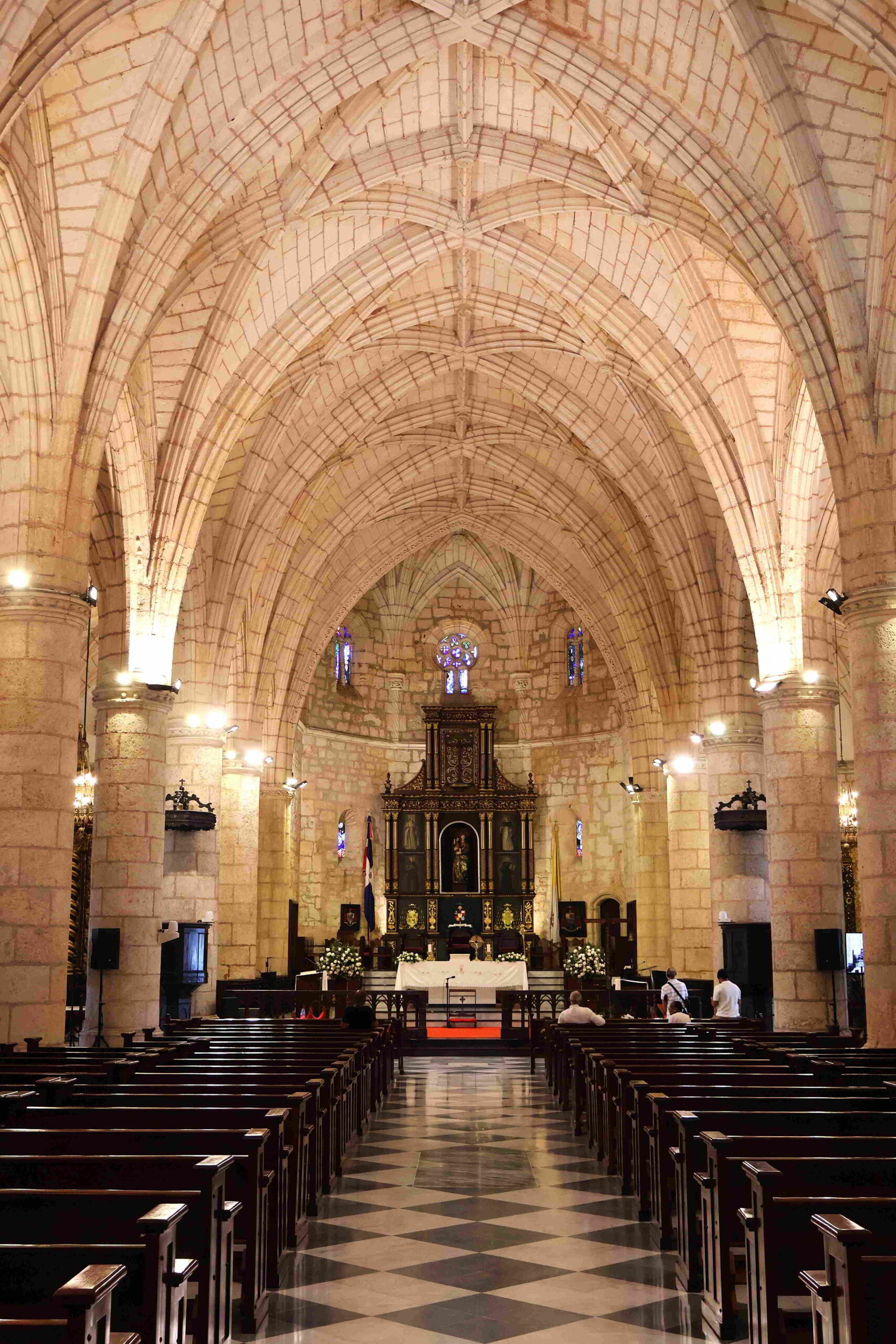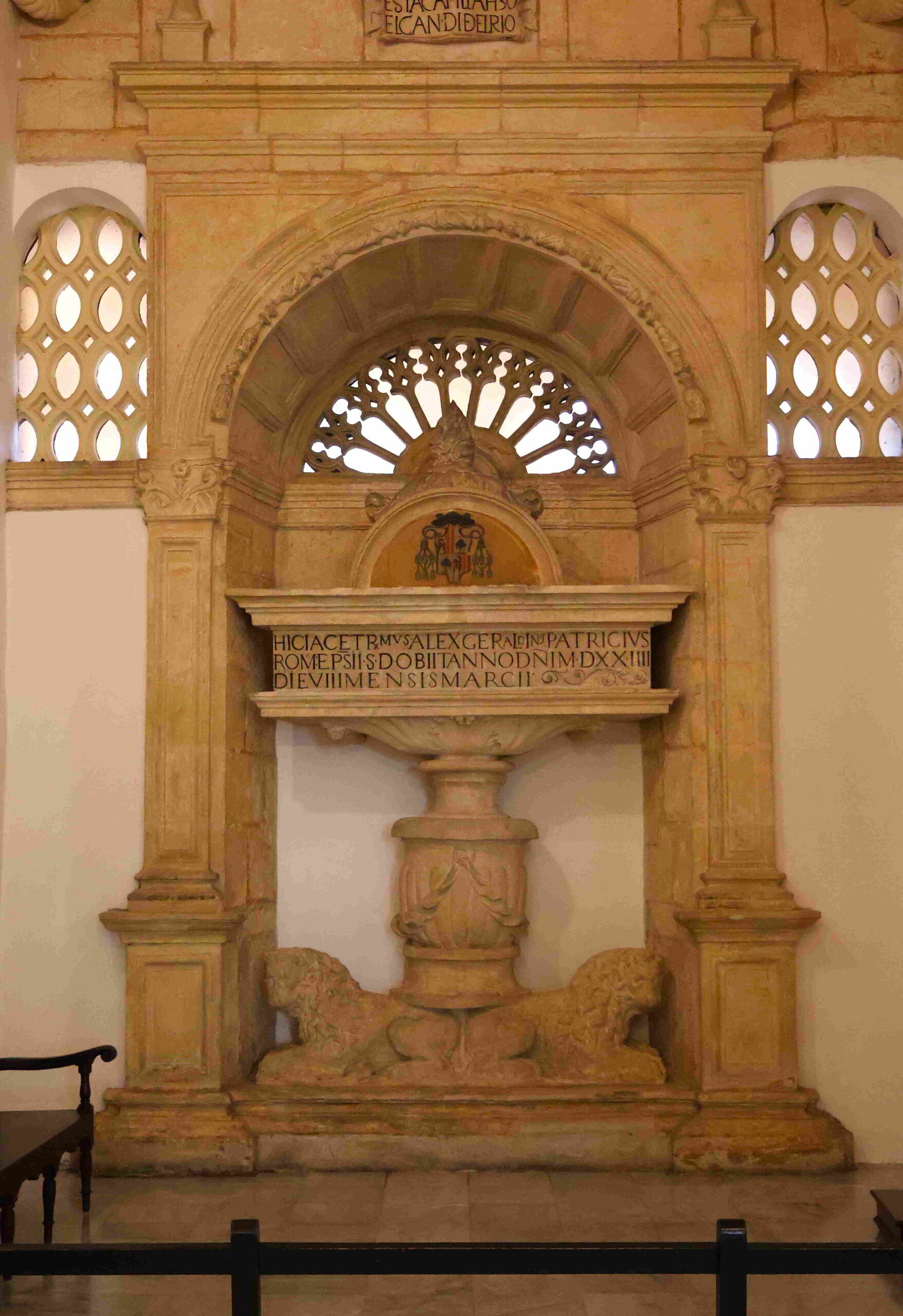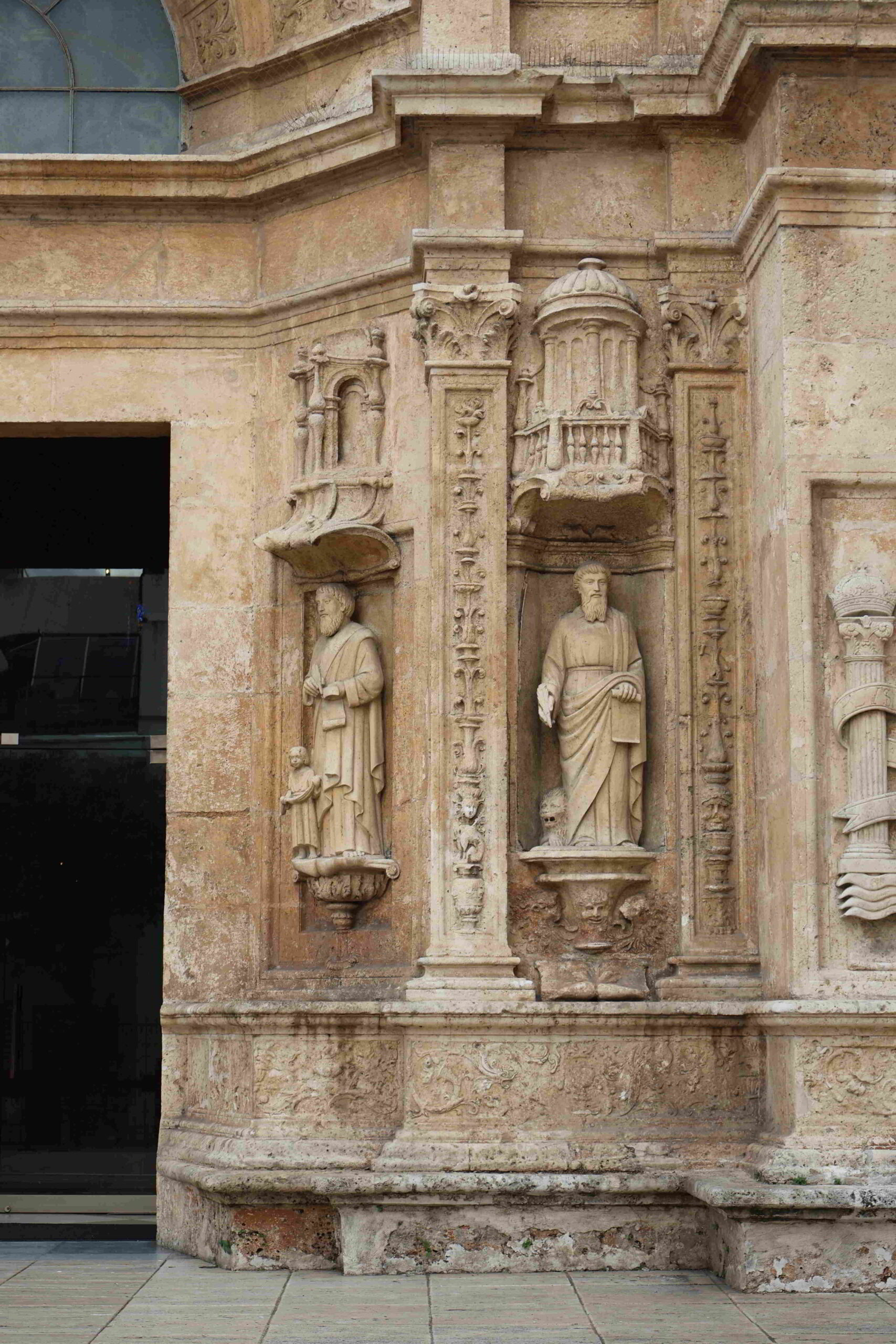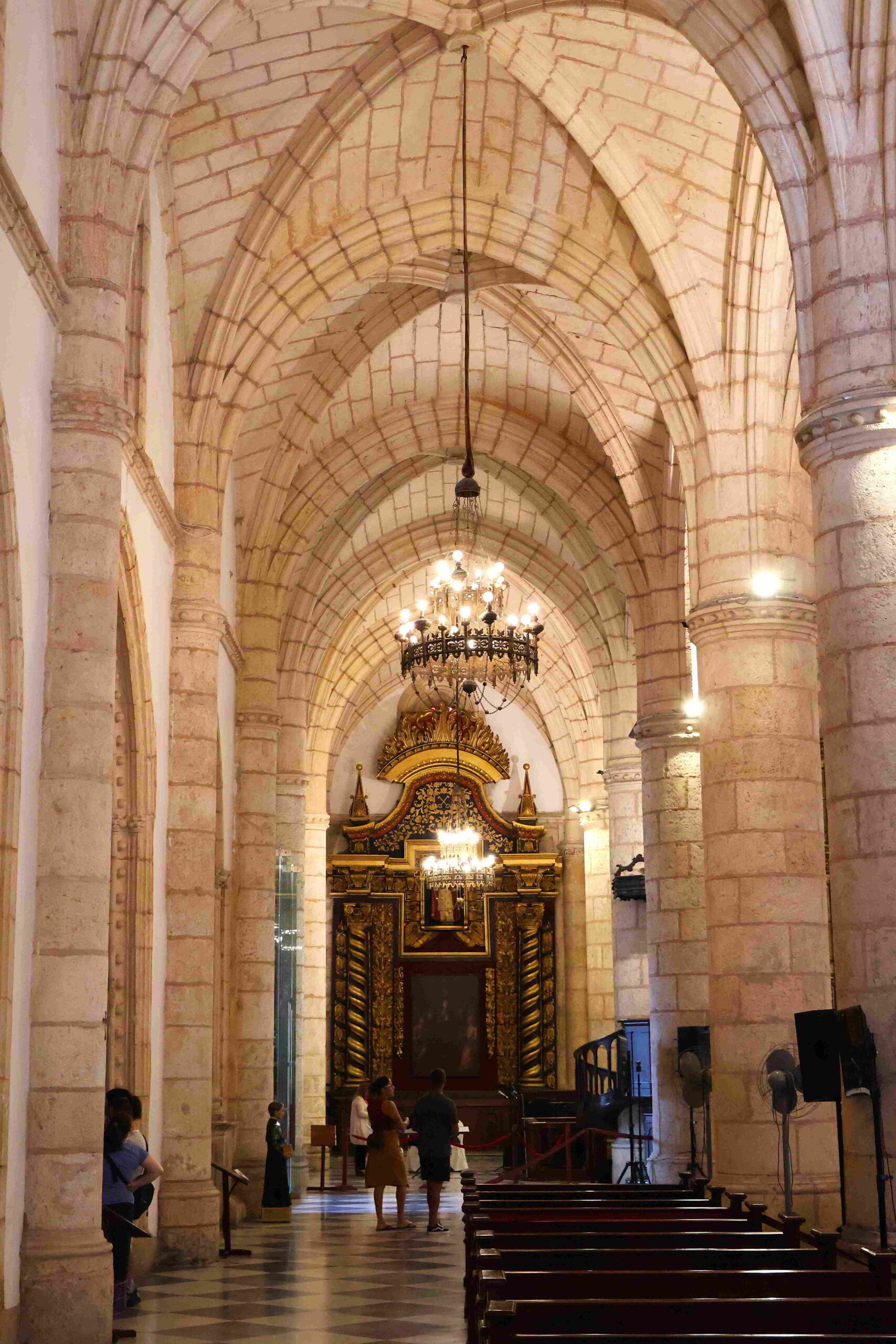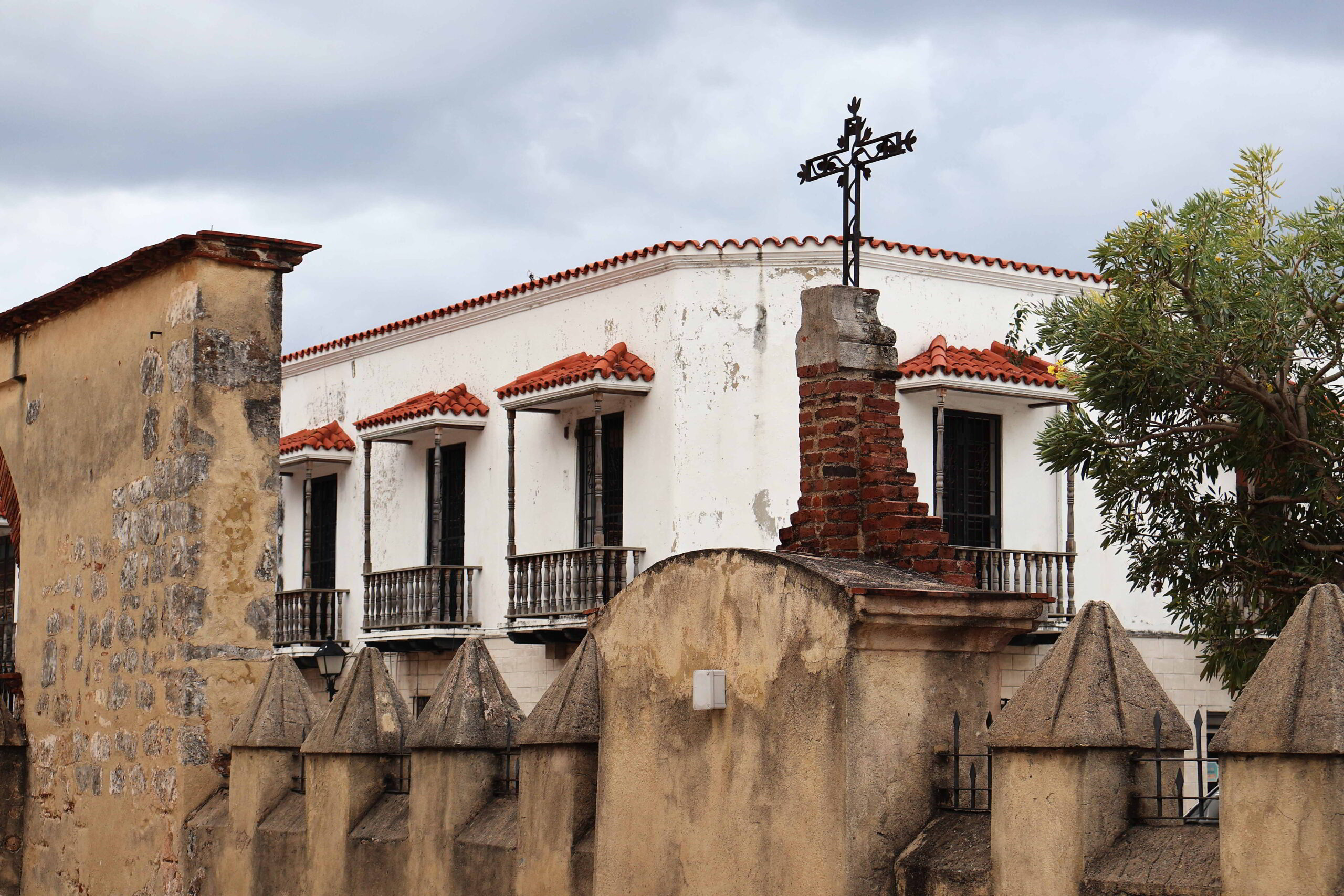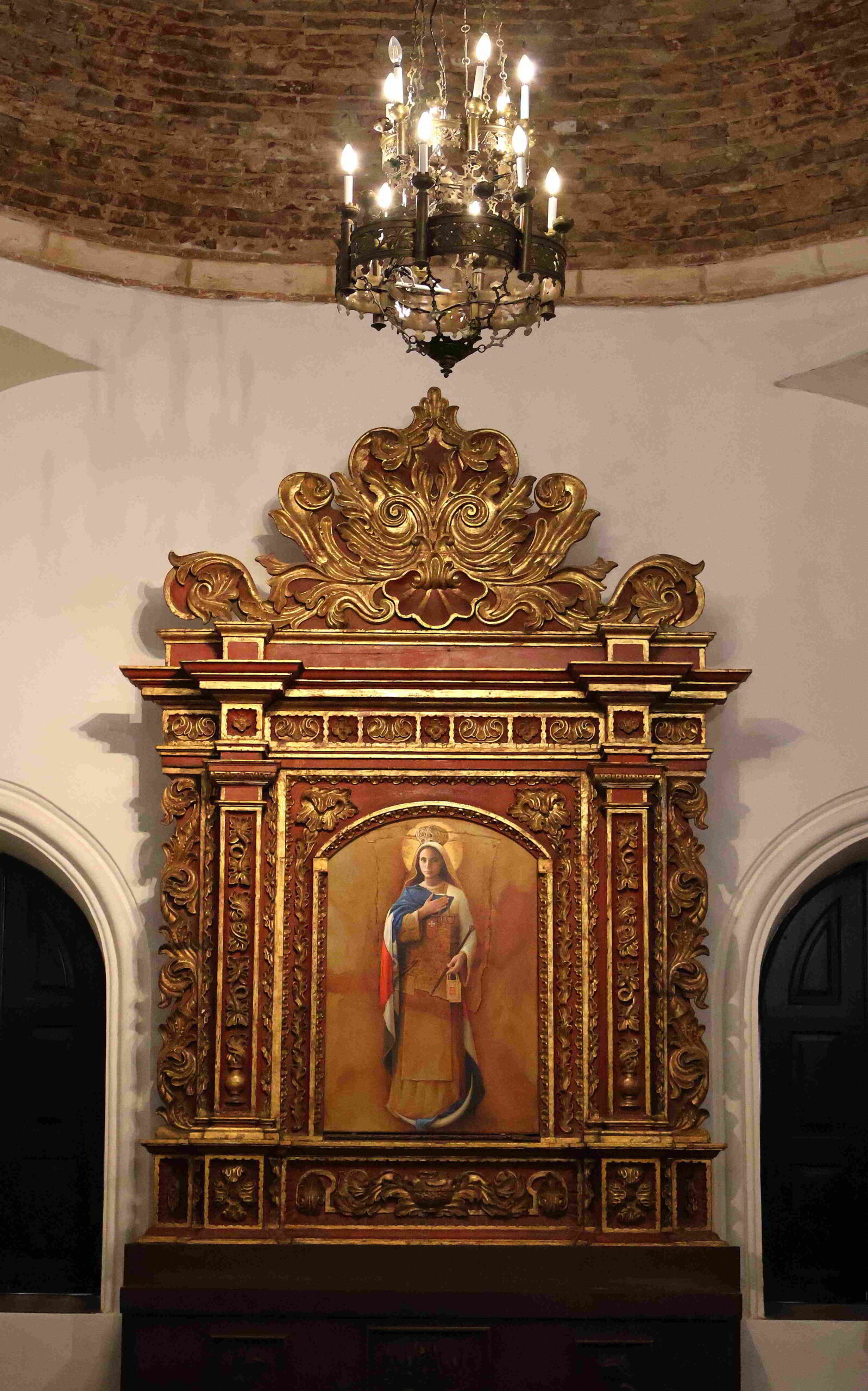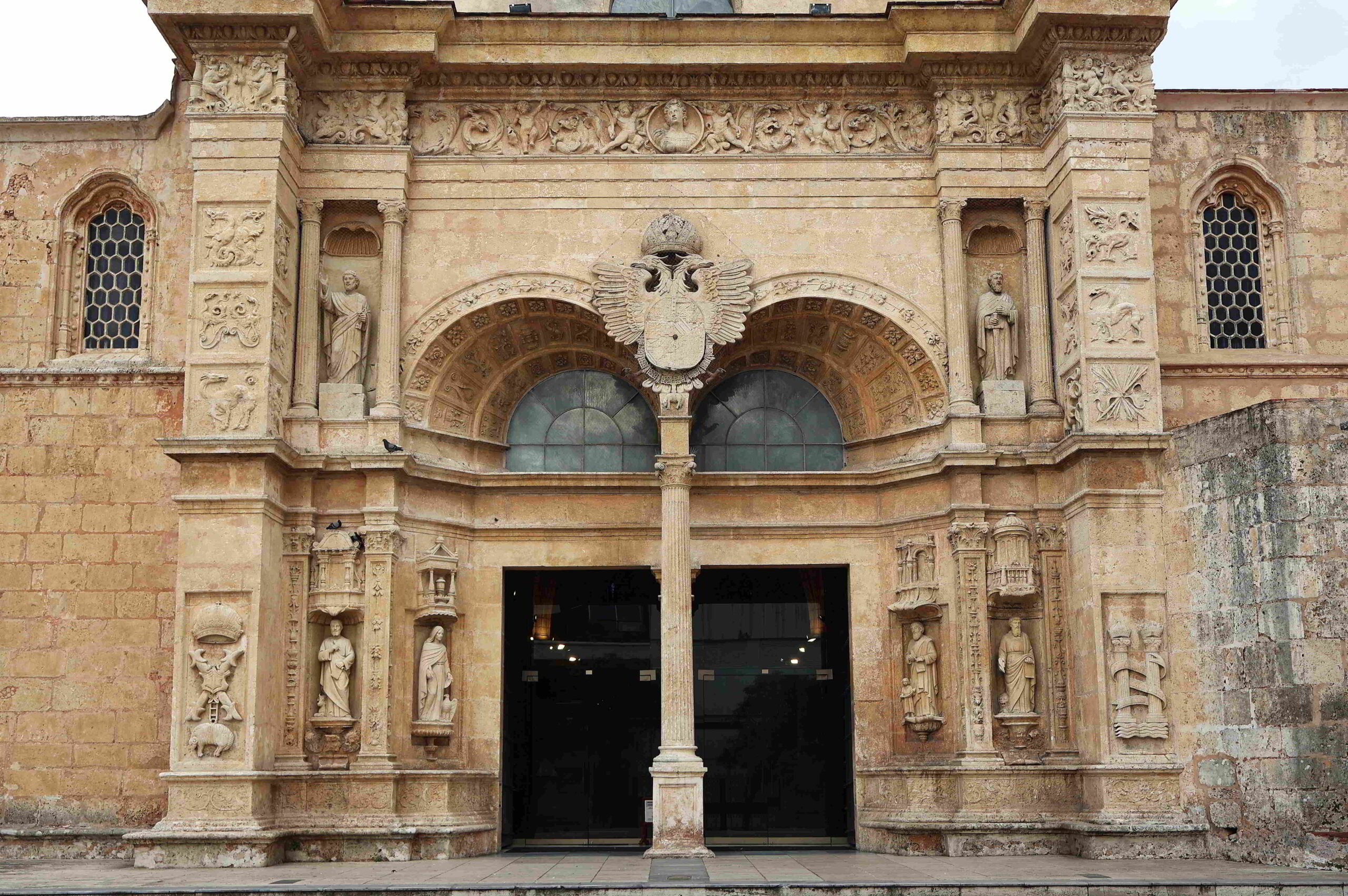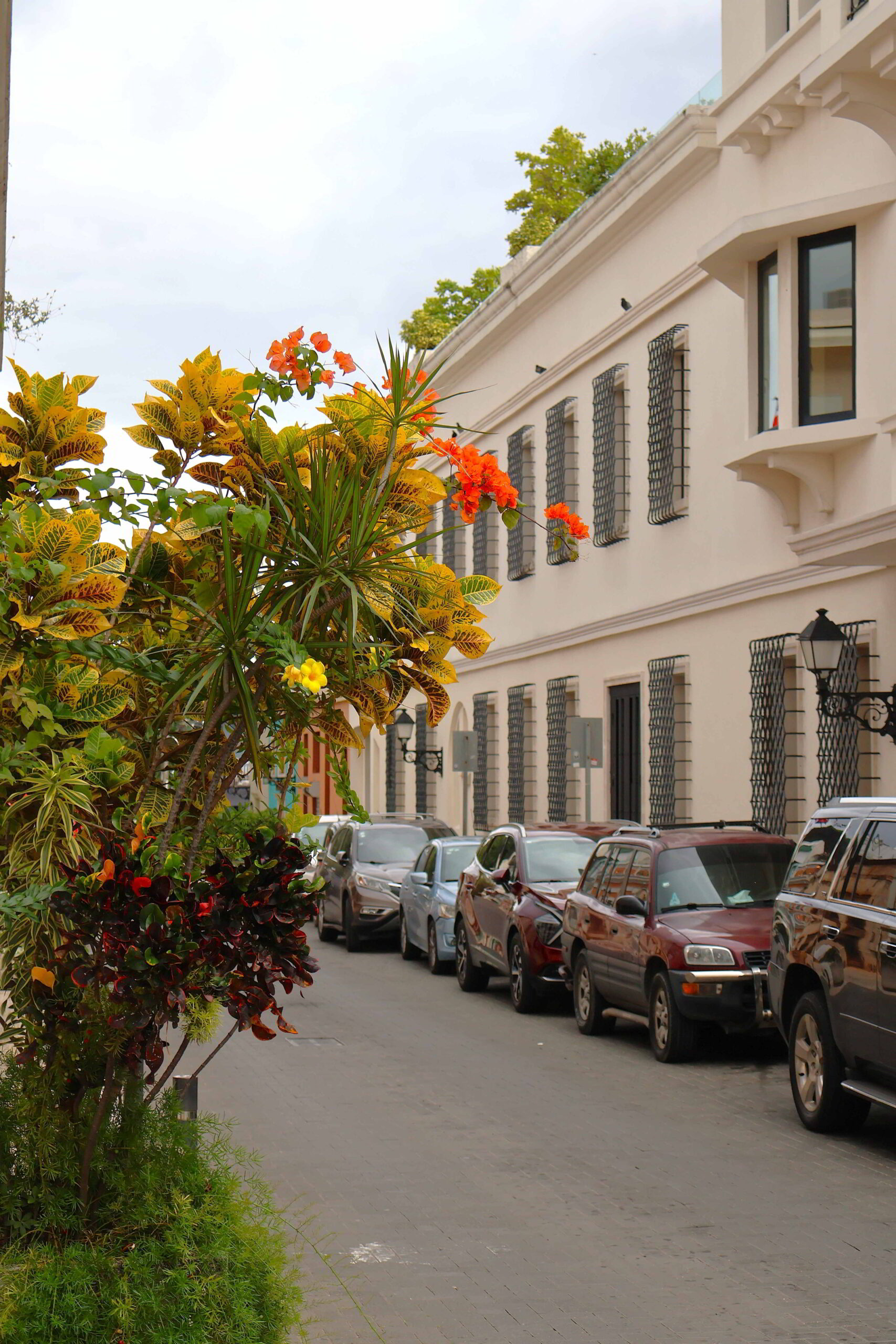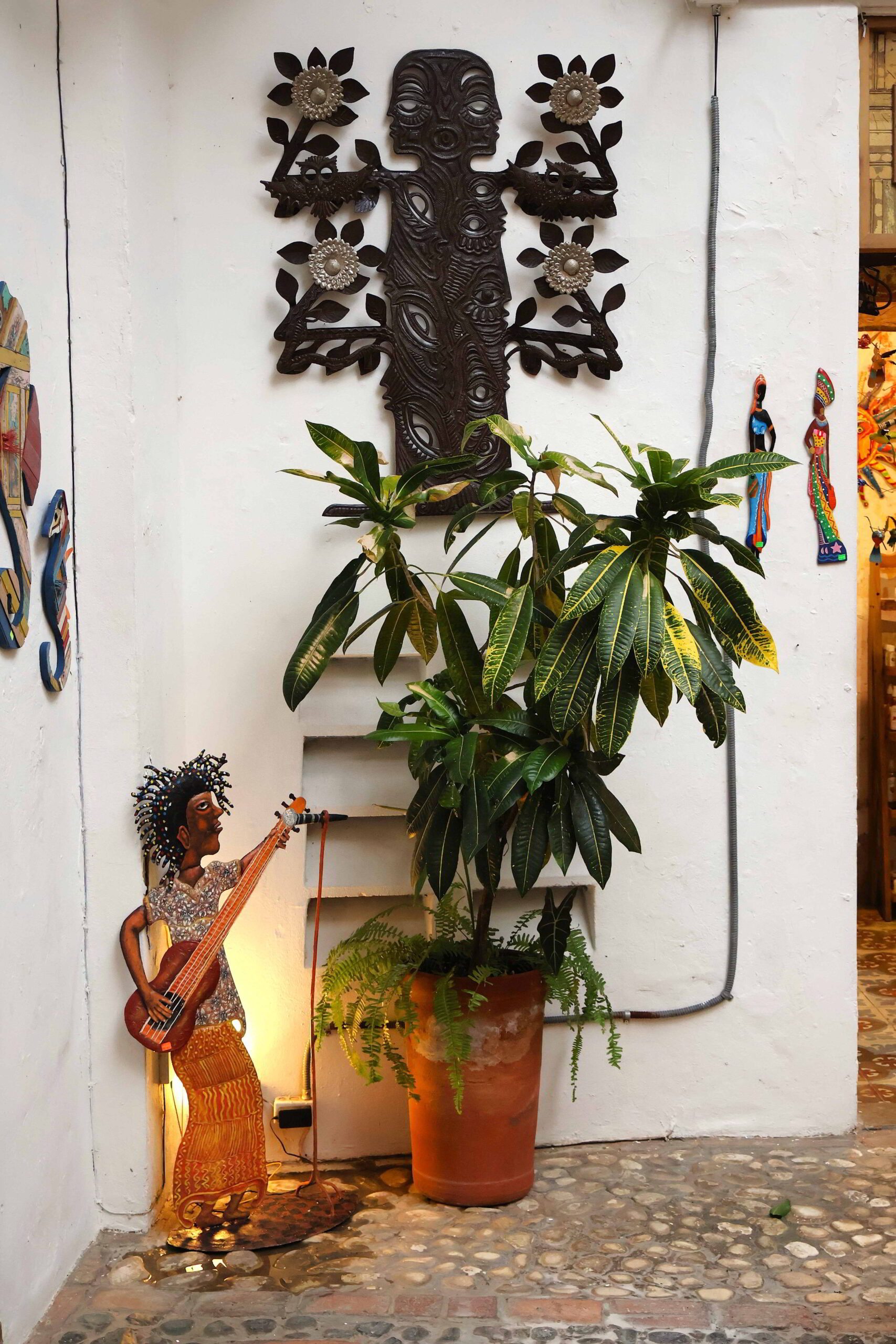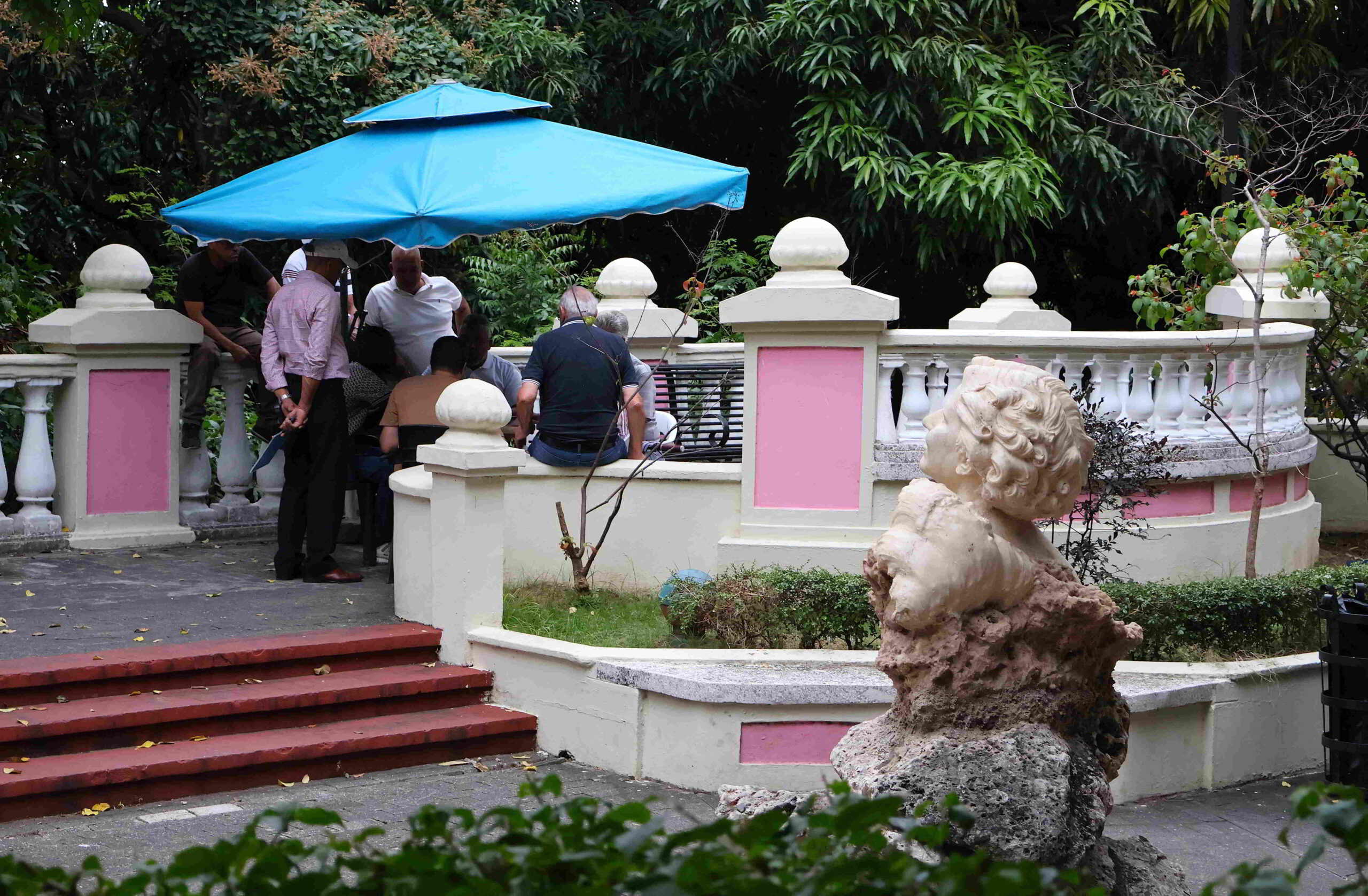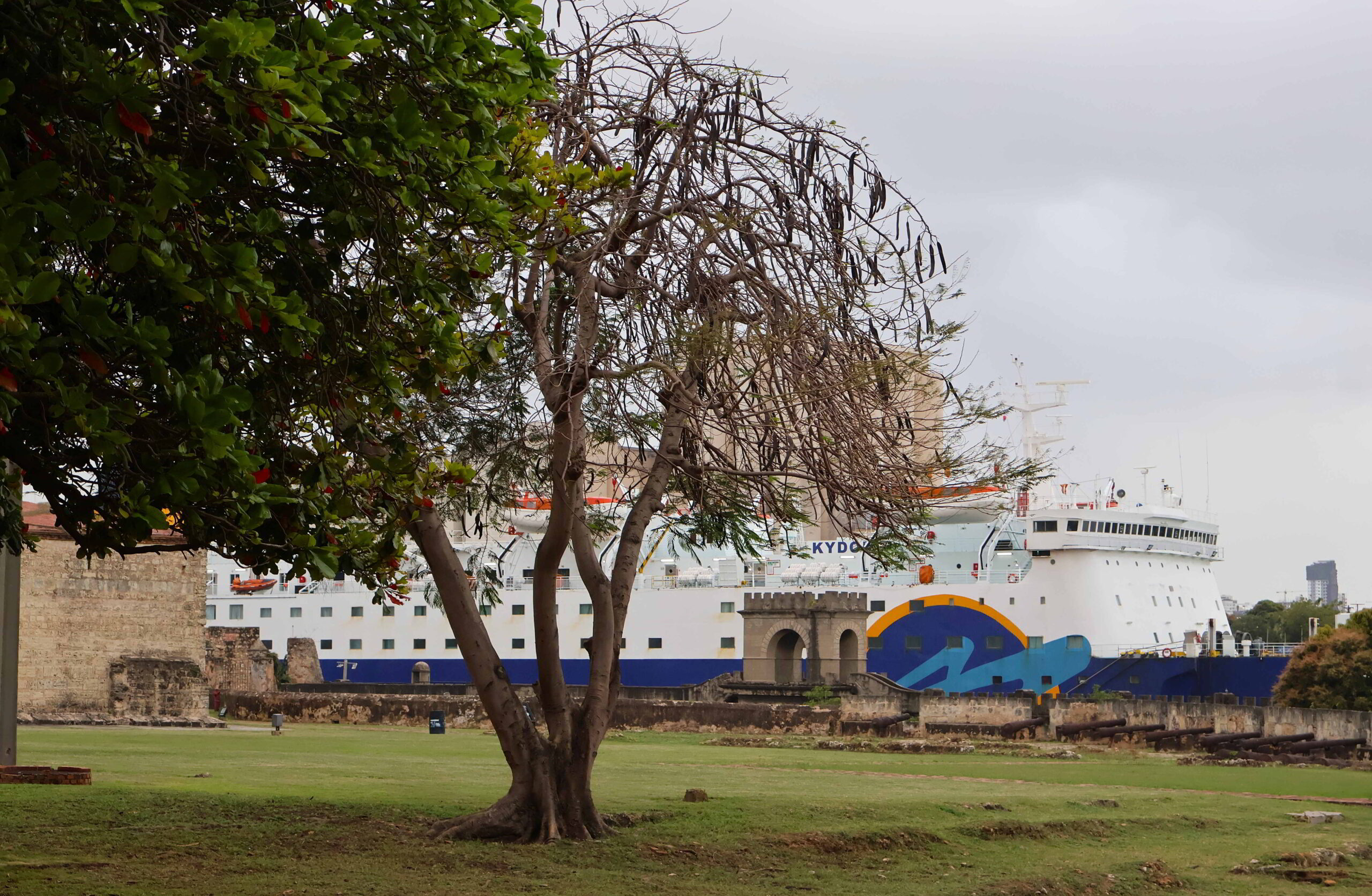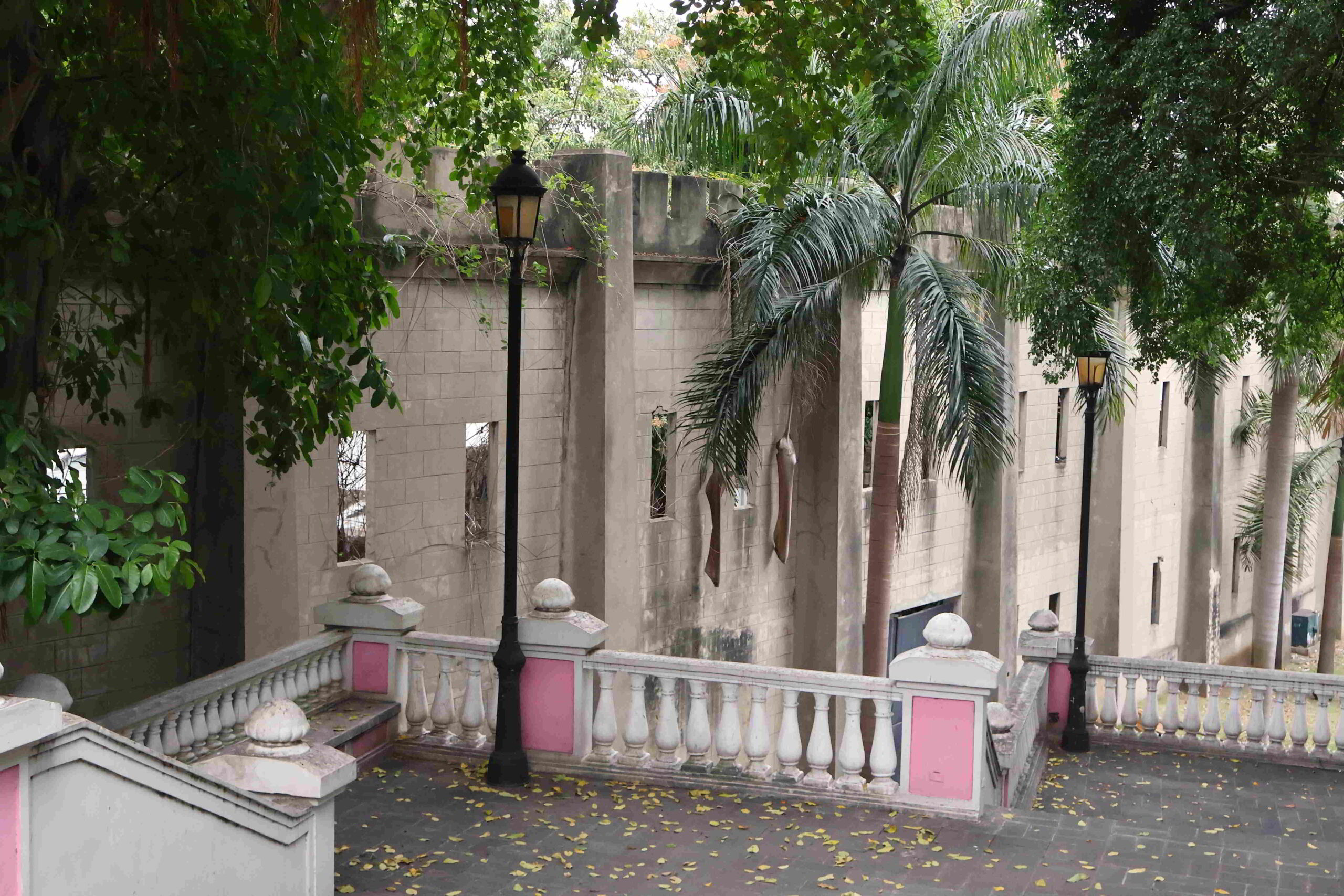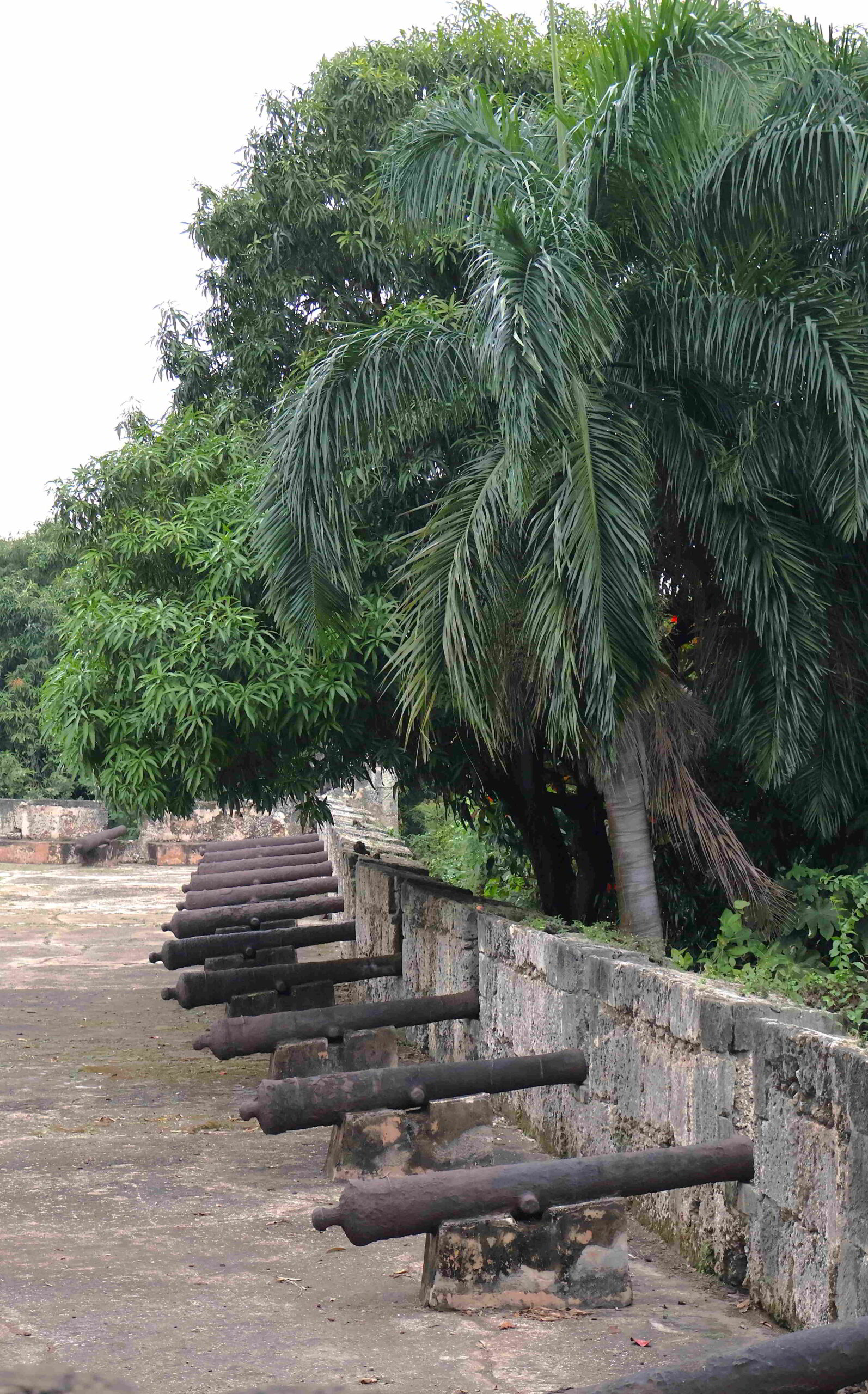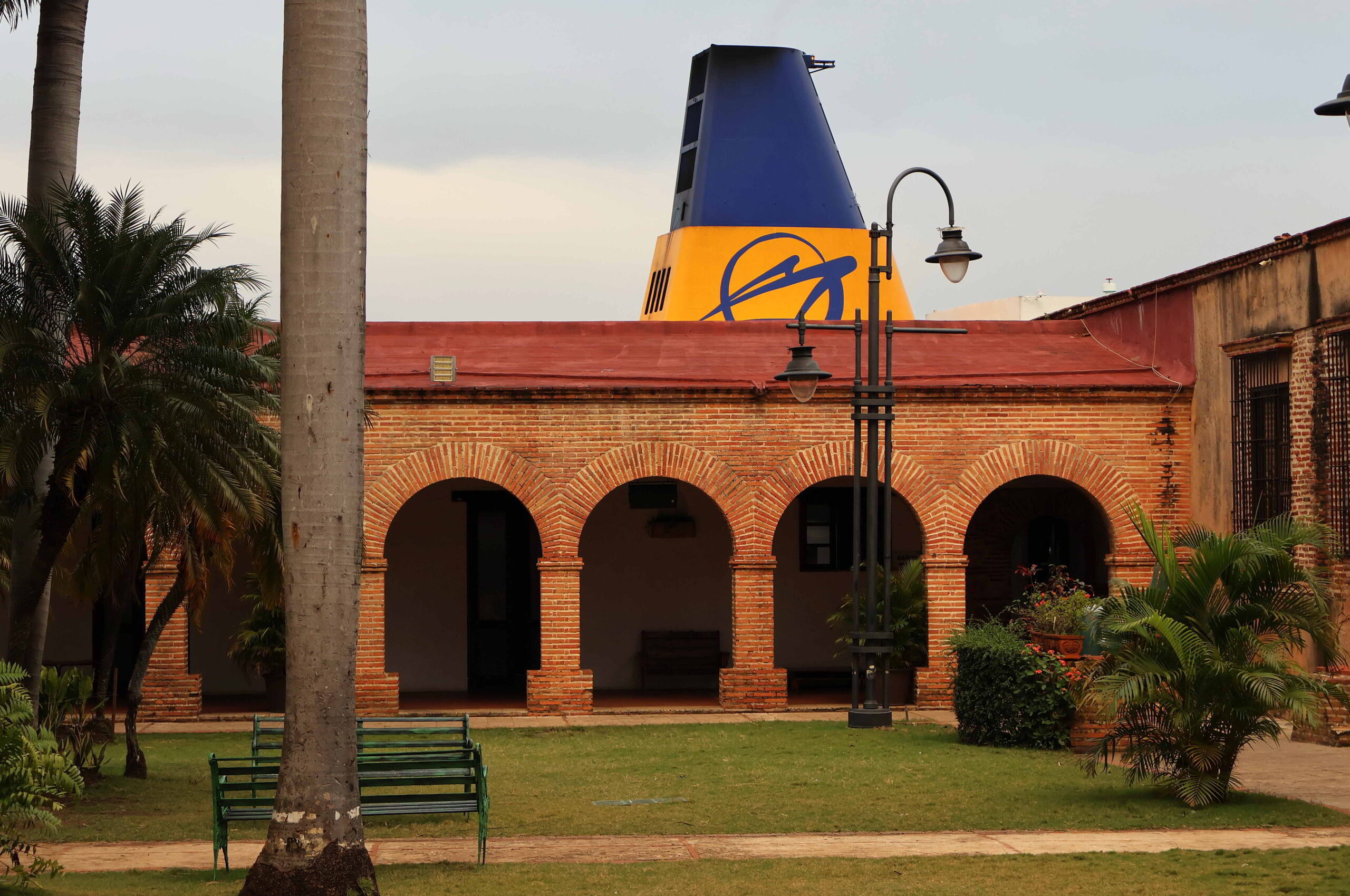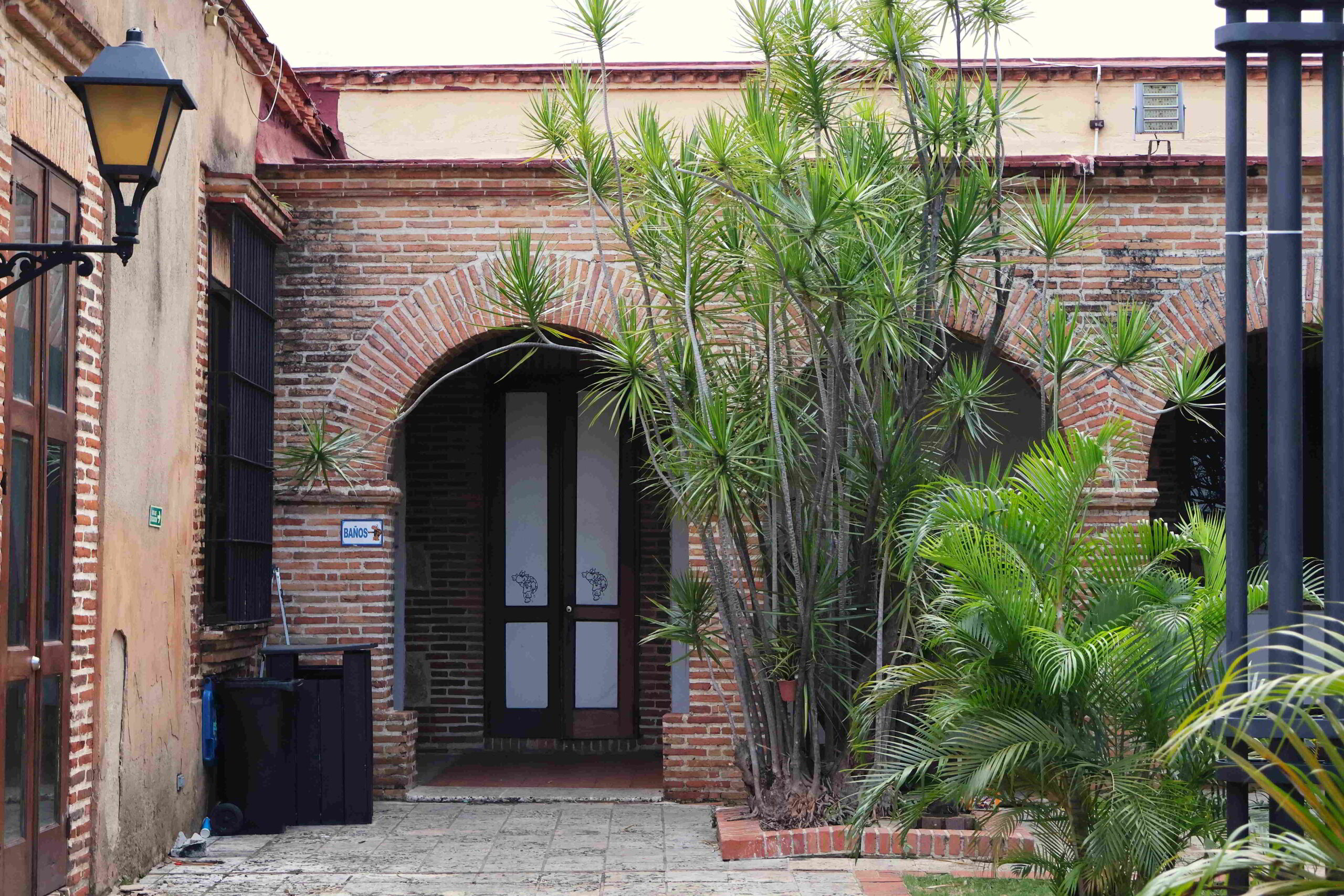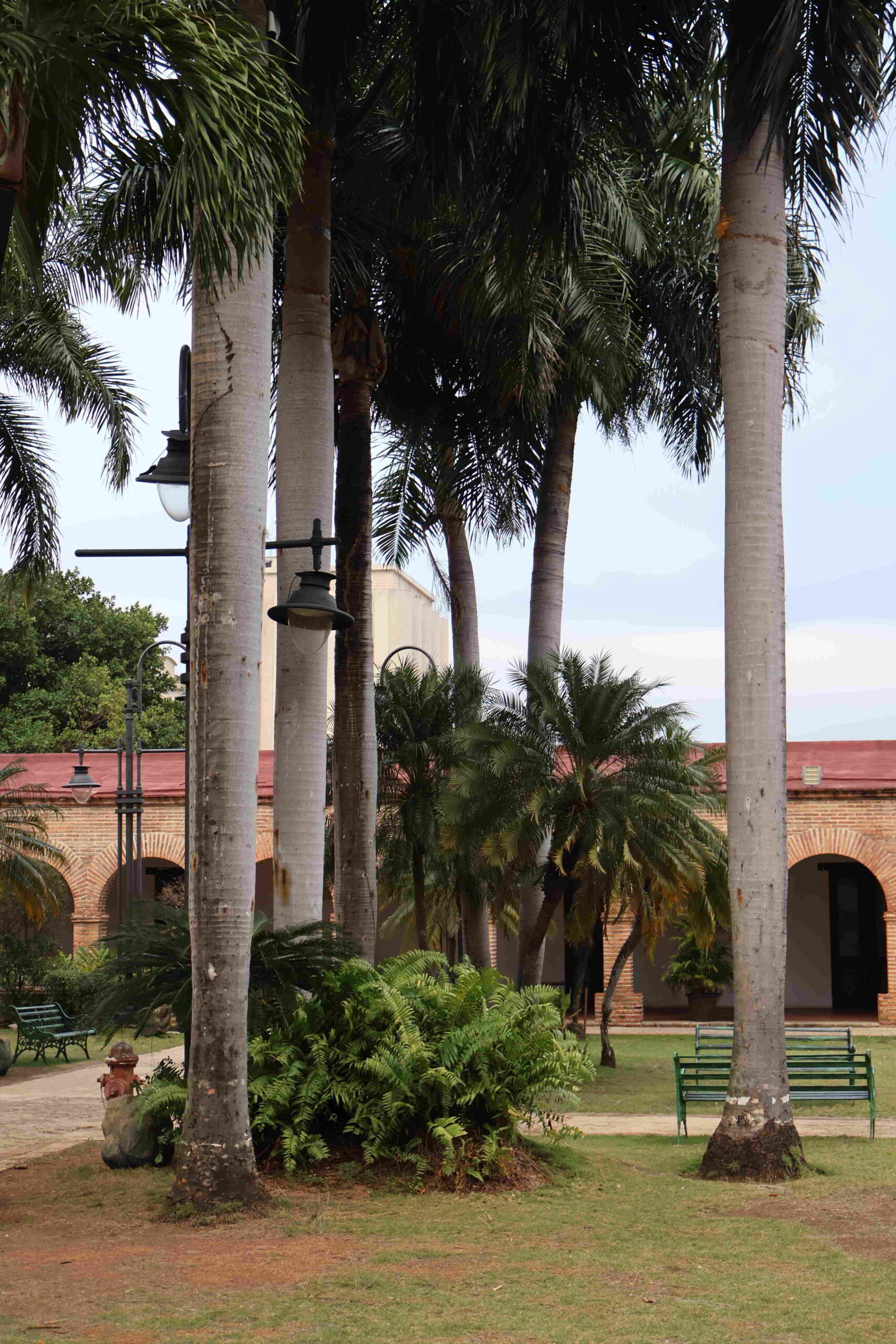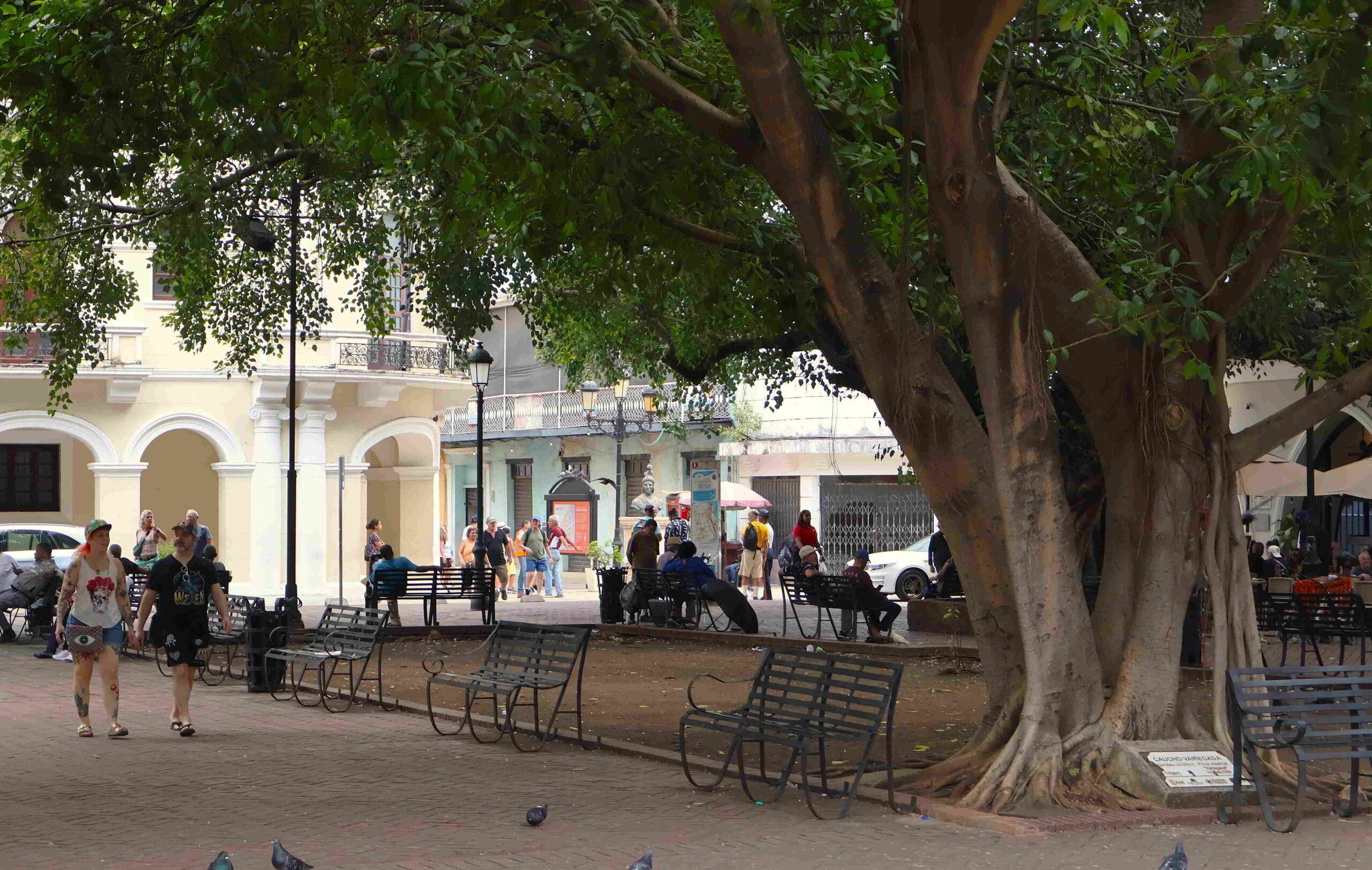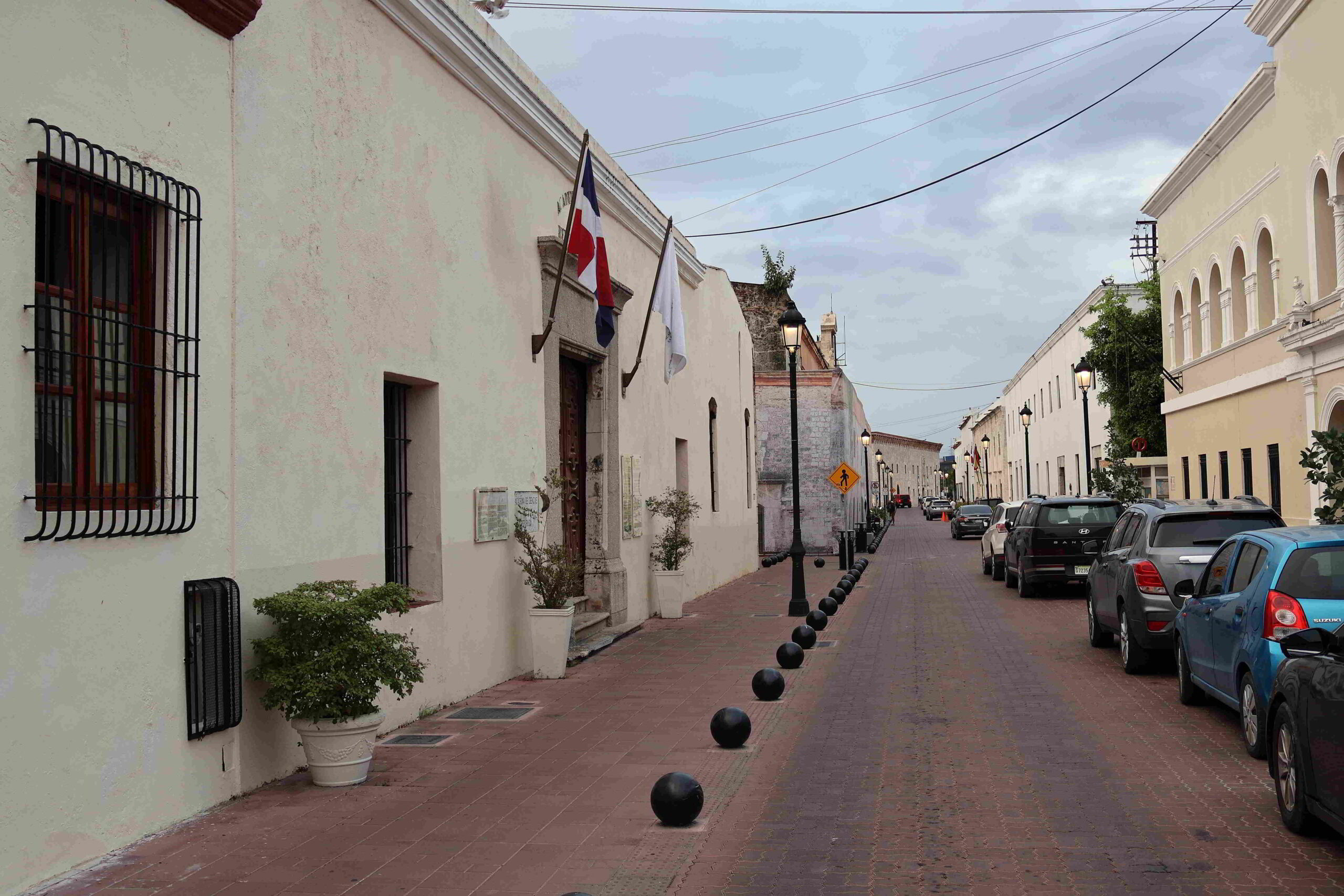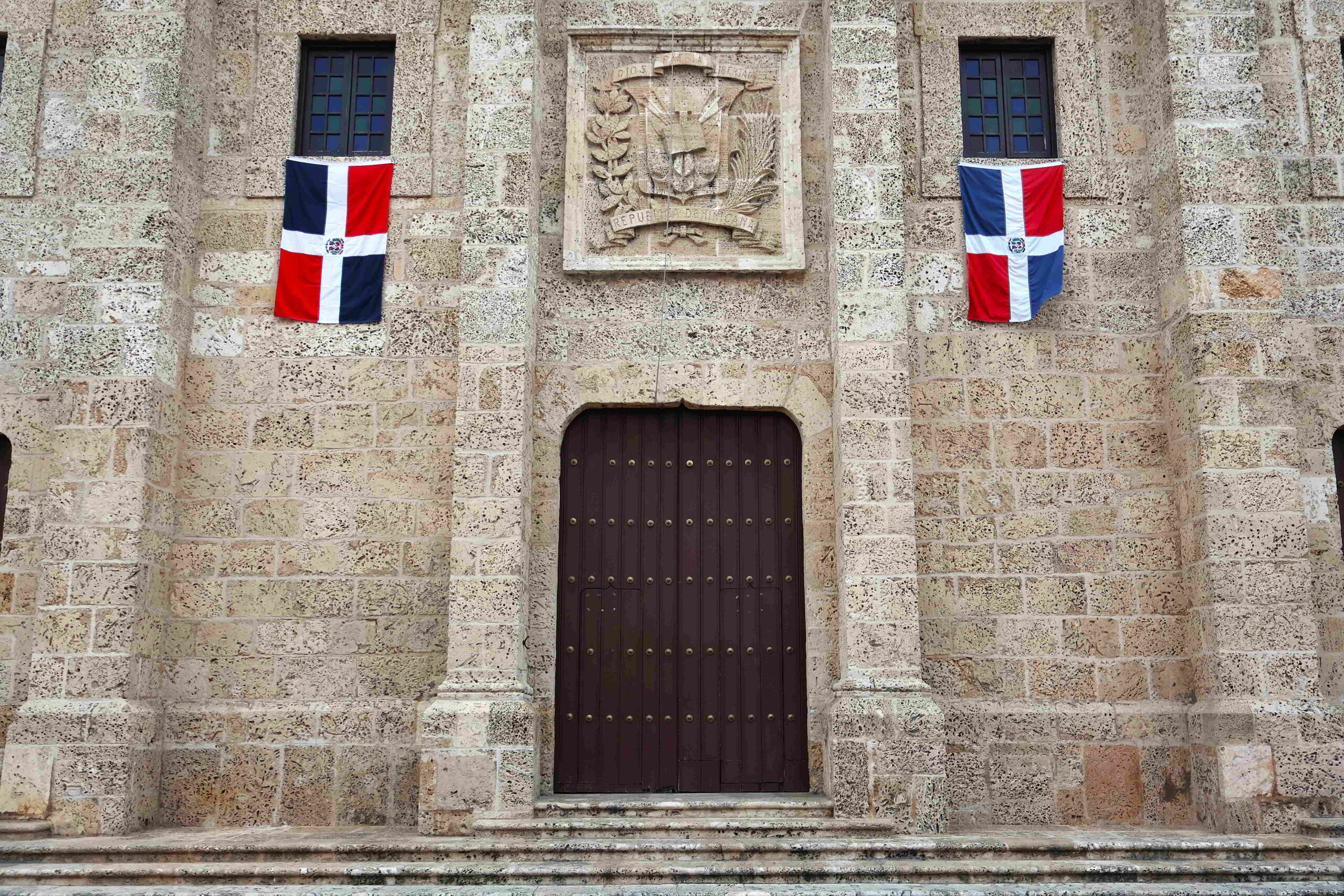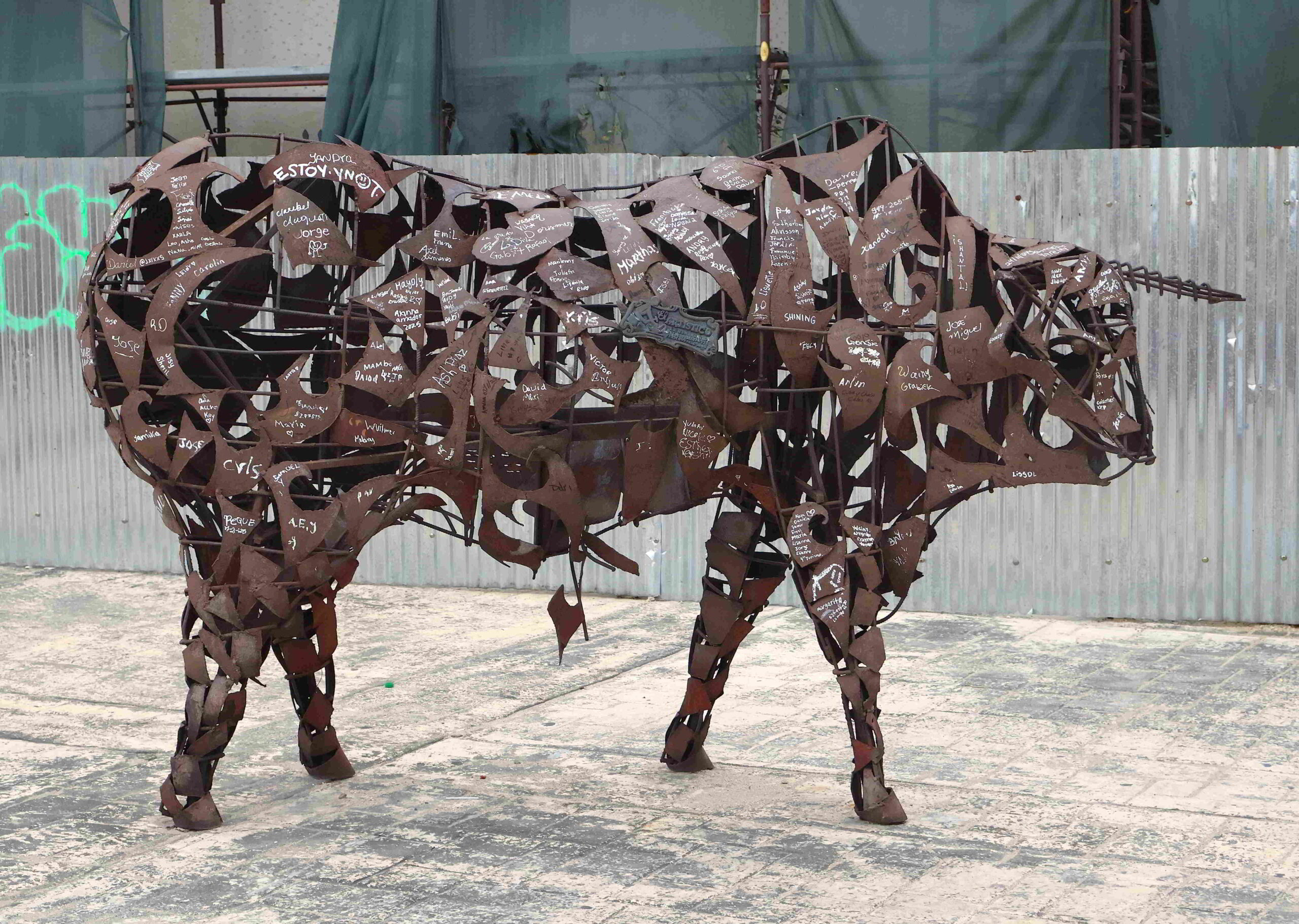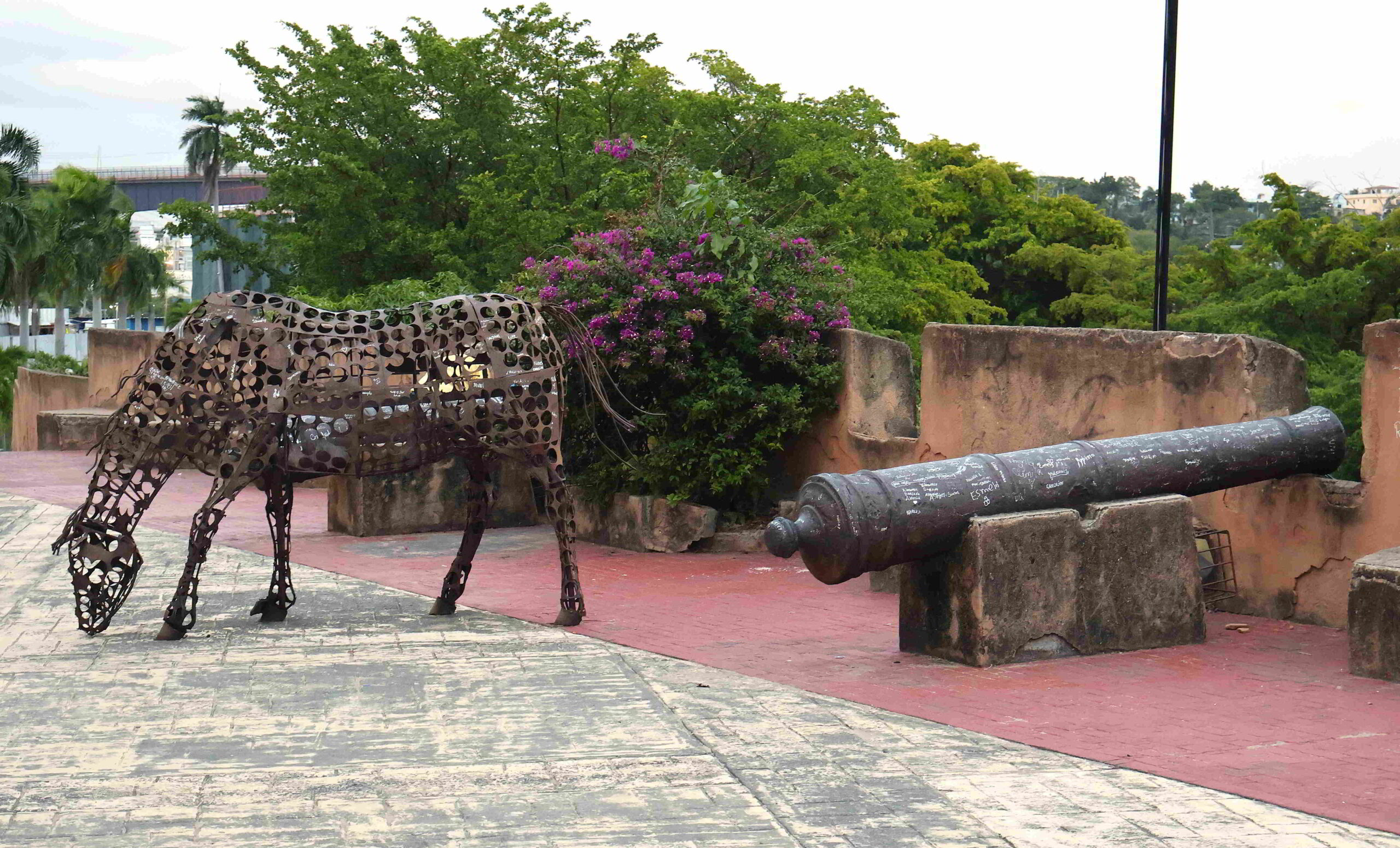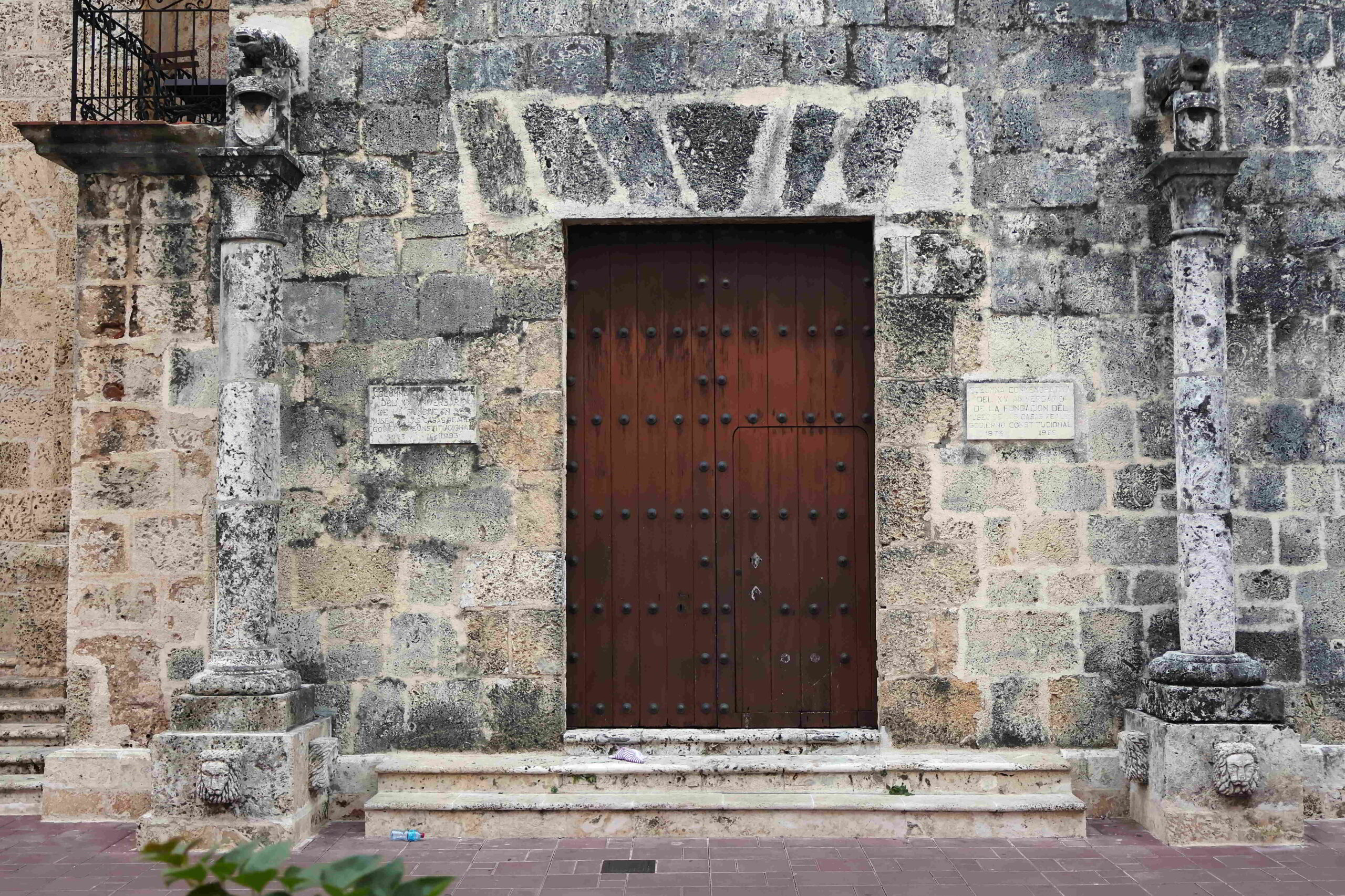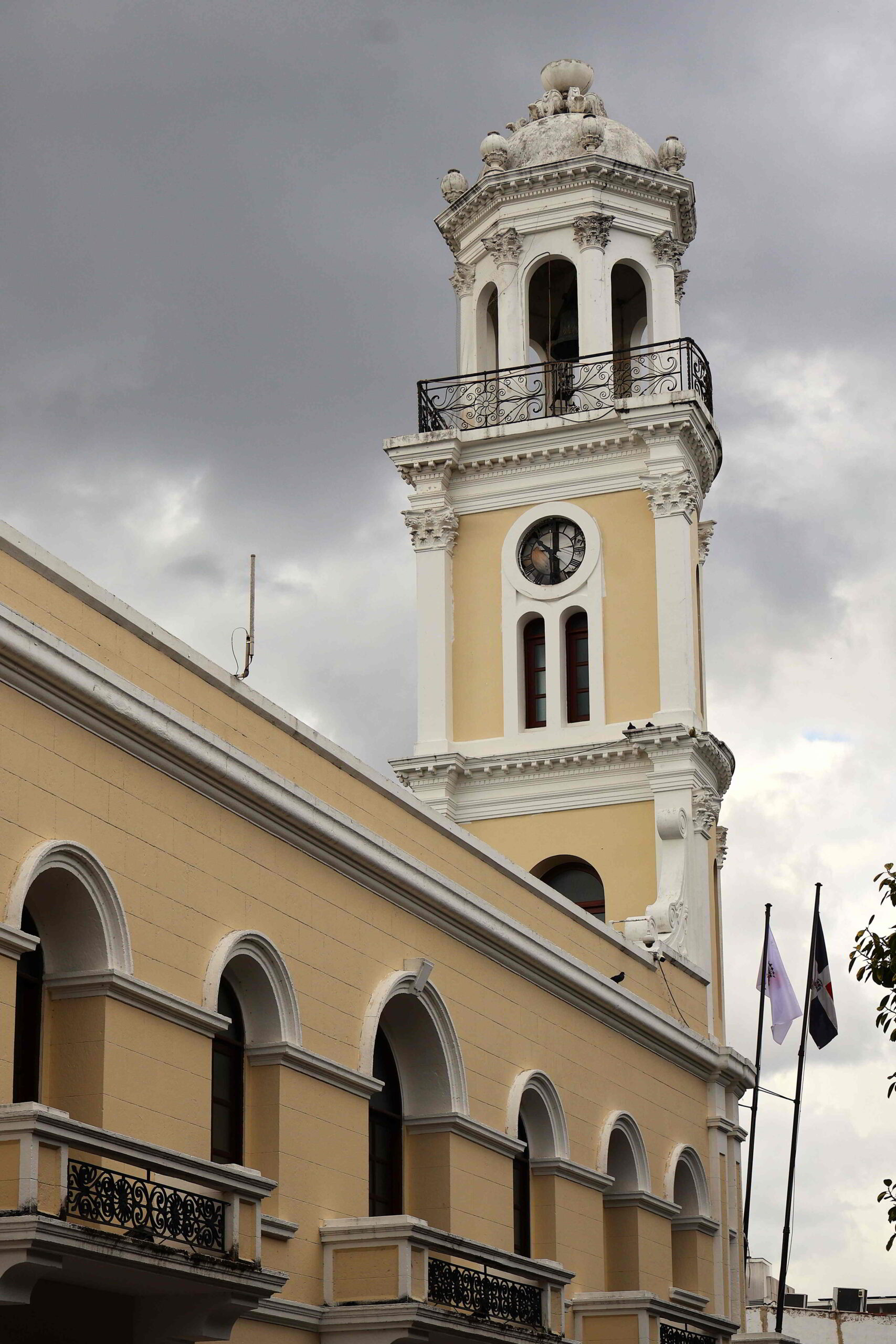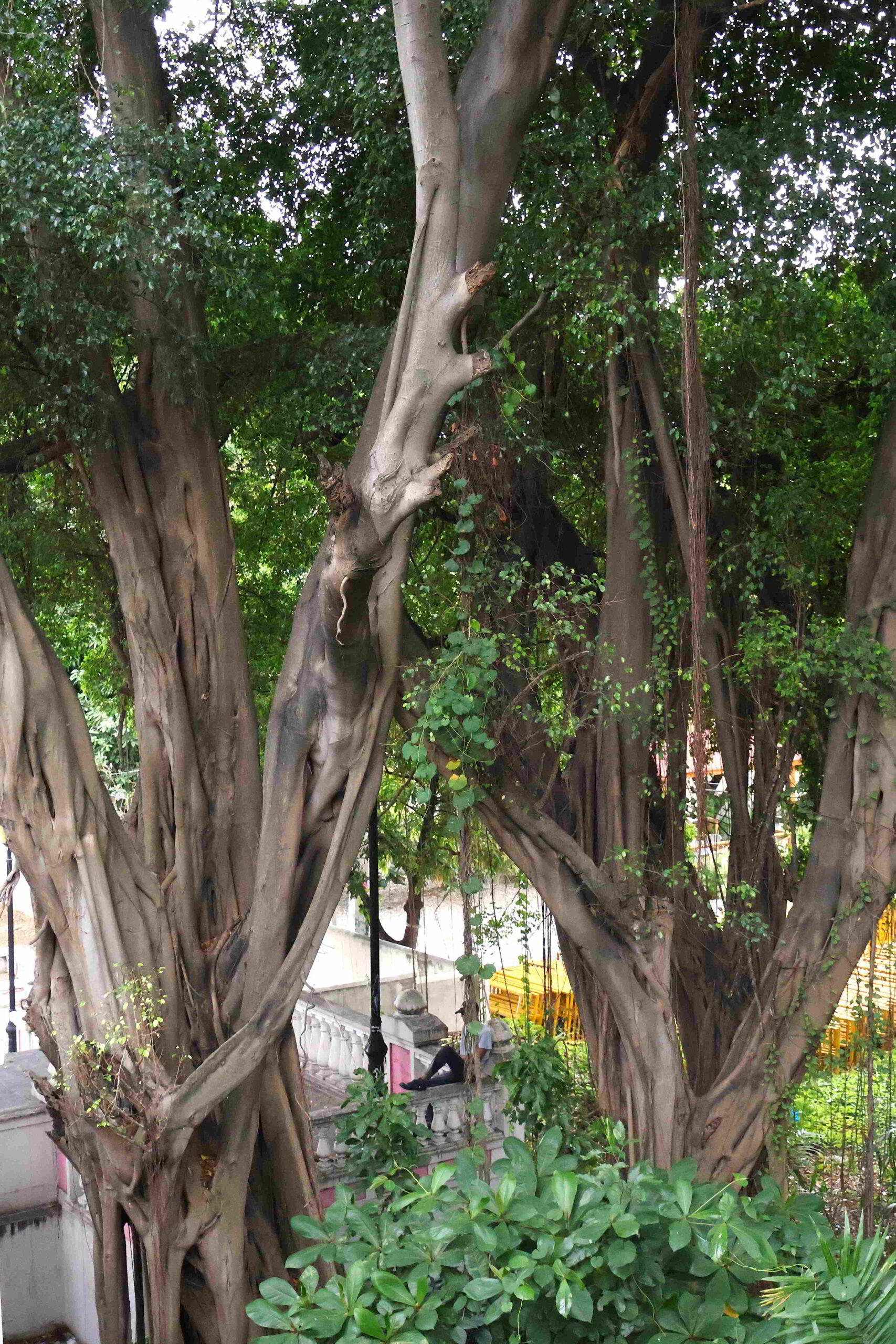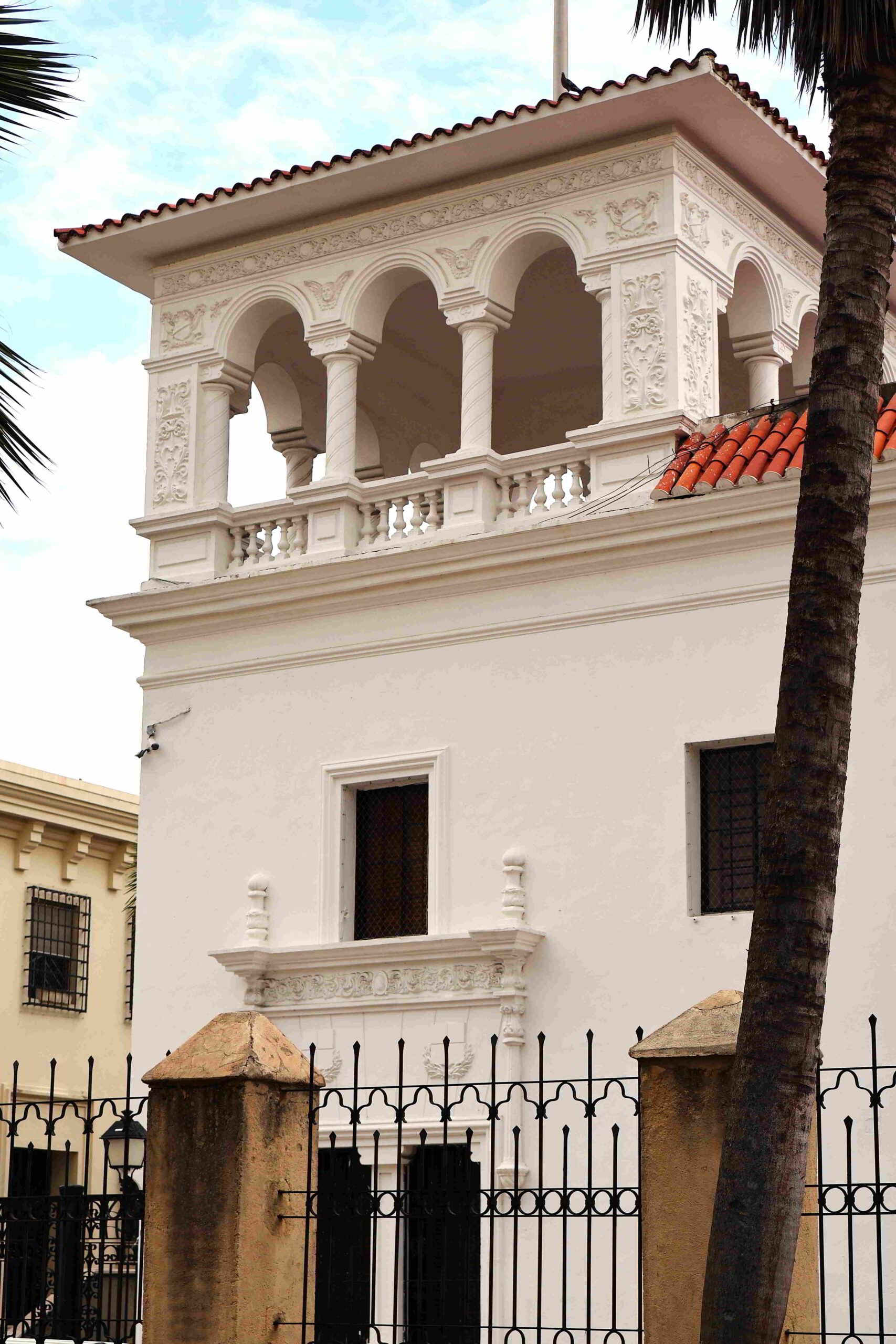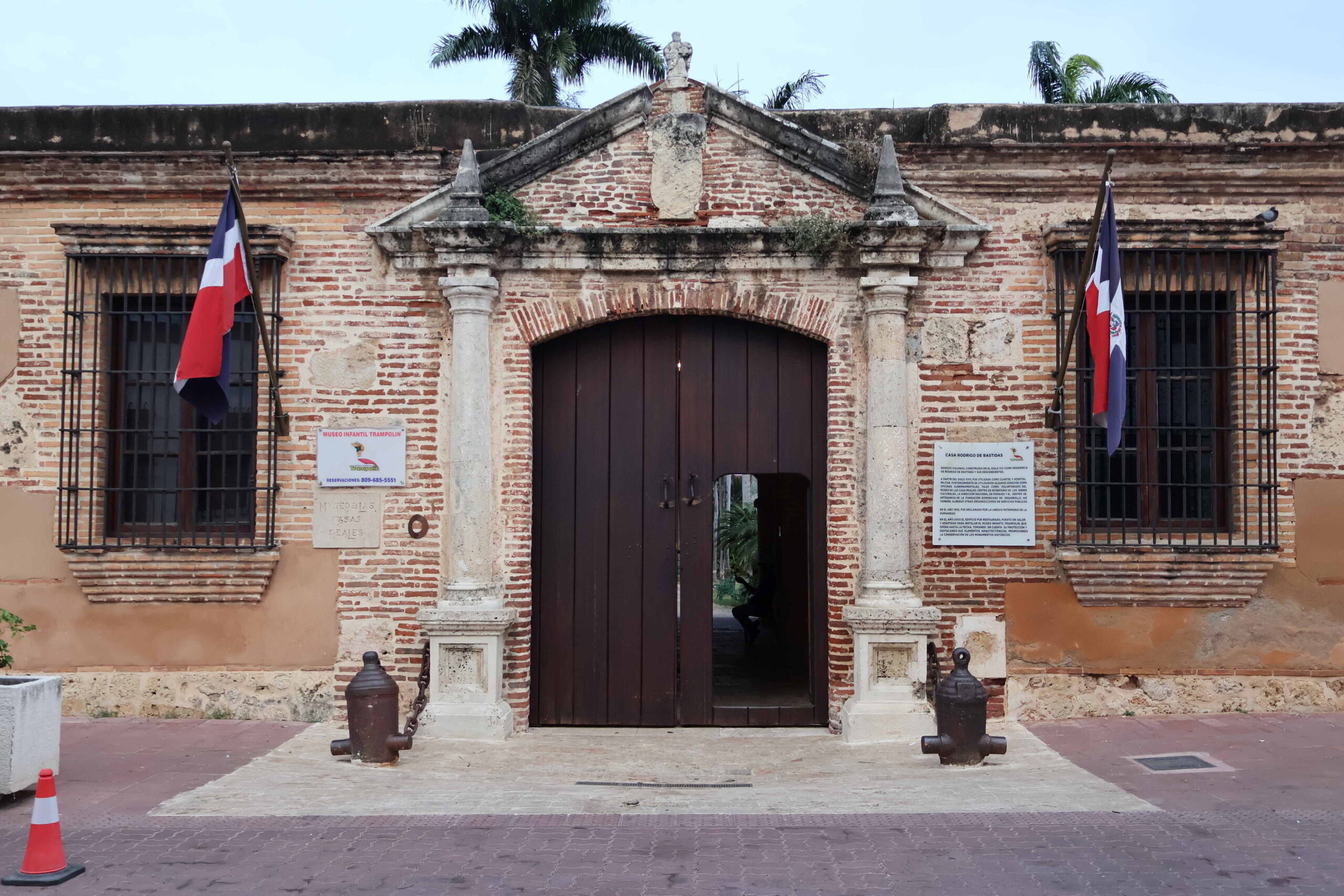February 13, 2025
I barely slept at night, induced in part by the amount of coffee I drank in the San Salvador airport but equally the blaring traffic that I had to listen to all night. The location of this apartment really is problematic and exposes a big challenge of Airbnb, where homes are never advertised with the specific address, which also allows hosts to hide behind undesirable locations, such as is the freeway locale of the Santo Domingo apartment.
For brunch, a small outdoor buffet-style eatery around the corner from my new home where I am greeted by the standards of Dominican food, three different rices, one white with finely diced vegetables, one fried, and the third the classic rice-with-beans. For meat, stewed ground beef, beef stew, fried chicken, and stewed chicken in brown sauce. From the selections I taste, despite looking good, the food is somewhat on the bland side, and could really use supplementary hot sauces to add flavour.
The morning is spent running errands: procuring a Claro SIM card and buying groceries, all of which takes more time than I would have hoped. On the map, there are Claro outlets on the adjoining streets, but when I reach one that isn’t even on the map, they tell me they can only sell cards, but without any minutes or data loaded. Too complicated: I would rather just go to a larger outlet where they can sell cards with prepaid programs, which turns out to be a nearby mall.
The Downtown Centre mall is a smart, shining example of late century mall culture, although past the images of glass, sleek banners, polished passages and bright lights, the aesthetic is already dated, and for its sense of unimpeded plenitude, begs the questions as to who exactly can afford to indulge in the excesses it offers. Well, I can, certainly when it comes to a good espresso coffee at the upstairs Paleteria, which is far better than anything I would have expected, the strong coffee highlighted by ecstatic floral notes rendering it wildly out of synch with the kind of anodyne beverages typically served in such an establishment.
It turns out that prepaid Claro programs are relatively expensive for a month – best to get a prepaid service for 15 days and renew. So be it. As with so many things, the exercise takes longer than I had wished for, but at least I can shop for food to my heart’s content in the downstairs full-sized Carrefour, which gets another mandatory but relatively unexciting activity out of the way. And since I don’t overindulge with the grocery purchases, I can take an InDrive scooter (as opposed to a car) back to my house, dissolve in the growing heat, and contend with the howling of the neighbor’s cats and blaring pandemonium of the overenthusiastic neighbor’s leaf blower.
On to the historic centre of Santo Domingo. Parque Colón is the ample square lined by tasteful cafes adjacent the grounds of the cathedral, sheltered by imposing mature hardwoods, relatively bucolic despite the presence of some of the more suspicious-looking individuals lingering on the square, perhaps also a good place to keep moving and not wave a camera around for too long.
The highlight of the historic centre is the cathedral, the oldest church in the Americas, the genesis of the long and bloody conquest of indigenous peoples across the continents. Today it seems like a somewhat humble affair, although in stark contrast to the brooding, turgid neighborhoods surrounding the area, the facade of the structure scrubbed, exposing a shimmering pale skin across the entirety of its relatively low profile. The cathedral is built of limestone, although some walls are made of masonry and bricks. It contains twelve chapels and four naves, measures 54 metres from the central nave to the back of the presbytery, with a maximum height from floor to the peak of the ribbed vaults of 16 metres.
The architecture of the cathedral is characterized by a Gothic style with ribbed vaults, solid walls, and three doors, two of them Gothic in contrast to the third and main one in Plateresque Gothic style. The interior walls of the church are also scrubbed, emanating a degree of luminosity, the walls almost entirely bereft of adornment, befitting the structure’s sublime Gothic nature. The altars in the chapels are typically dense, geometric assemblages of Plateresque devotion, rich in colour and above all, gold.
Here, as in the rest of the historic centre, there is nothing more than a trickle of visitors – perhaps most visitors come on a temporary layover from cruise ships? For the volume of tourism the country experiences, the small numbers visible here are surprising. Not that I am complaining – short of the small numbers of suspicious-looking characters on the square, the experience of visiting here is quite perfect.
The old city is set in the corner of the open sea and the Rio Ozama, the interior of the Fortaleza Ozama visible from the Calle de las Damas, nothing more than a lawn area with rows of cannons laid out at the edge of the periphery of the expansive surface. The historic Calle las Damas follows a relatively straight course to the north, and unlike the streets that run to the west, with their patrician architecture and embellishments, this iconic street has an almost barren feeling, redolent of the stolid Gothic sensibilities of the mother country from the time of conquest, with sheer, almost polished walls, clean lines, and next to no adornments.
Set inside this pristine epitome of Santo Domingo’s Spanish colonial heritage is the Kahkow Experience chocolate establishment, offering fine chocolate pralines, bars, pastries, hot chocolate, and related goods to customers on its atmospheric terrace. The terrace features a glass cage-encased set of sleek machines dedicated to the preparation of the fine, dark concoction, with small numbers of tourists trickling into the vaunted space. I cajole a woman from Grenada who seems intent on tasting as many chocolates and pastries as she can, giving those around her the appearance of being a naive tourist, where she is in fact herself a cacao and coffee grower who knows a lot more about what she is indulging in then she lets on to.
I am not normally one to indulge in cacao and chocolate, but given that I have had a challenging preceding 24 hours, and that this should be a highlight of the experience of the historic district, why not indulge in a cup of hot chocolate. I expect it to be exquisite, and beyond a doubt it is! Rich, delicate, with subtle floral notes, each sip redolent with a sense of seductive lustre that can only be unique to such a fine, single origin cacao. Even better, the espresso that follows is rich, strong, and delicate, with shimmering evanescent notes that seem almost improbable. I am simply entranced – life shouldn’t be so good. And judging from the radiance of the group of people around me, the feeling is probably common.
Calle Las Damas is stern and relentless in its paean to the city’s Spanish heritage, but given the enormous footprint that tourism has on the country, I am again perplexed to see no more than a handful of privileged cultural tourists from the United States and the Caribbean gracing these streets. Police and soldiers visible in distant doorways assure peace and security, and there seems to be no evidence of locals who would even attempt to take advantage of visitors in the setting.
The Museo Infantil Trampolin is a somewhat unusual, its porte-cochère opening up to an expansive landscaped courtyard surrounded by the arcaded passages characteristic of a Spanish colonial folly of bygone centuries, apparently abandoned. A museum of children’s trampolines? Only a few other visitors enter the grounds, also confused as to the nature of the space.
I should return to my apartment before night falls, since it is considered to be the witching hour with respect to security, or so I am told. As per the taxi driver who drove me from the airport yesterday, when night falls, it is no longer safe to walk around on the streets of the city, other than the historic district. Not that there aren’t enough people loitering around the periphery of the district, looking for their opportunity. I won’t argue with what locals tell me – maybe they are exaggerating, but it is a consistent message on their part.
What I find unusual is the extravagance of the finer restaurants in the historic district, and in general, the amount of cars on the road, of which many are larger and more expensive. What kind of wealth distribution is there here? Are the Dominicans simply wealthier, while the poor underbelly of Haitians having escaped the ravages of the western side of Hispaniola island lingers around, waiting for some opportunity?
The motorcycle drivers weave artfully between cars while balancing passengers on the backs of their bikes, the entire mass moving all the while, albeit at low speed. It is quite the choreography, deciding when to insert oneself between adjoining vehicles, then pivot, who to pass, where to pull ahead; the scary part is that passengers such as myself are not wearing helmets, so you want to watch very carefully as to whether the driver commits any risky indiscretions on the bike.
To minimize the risk of instability and making sudden maneuvers safe while riding, you need to huddle close to the driver. At intersections, you can see that there is a tacit recognition between riders, and most of the many motorbikes on the main roads taxis with passengers, recognizable because the drivers wear helmets and the passengers don’t. Of the countries that allow motorcycle taxis, this is the only one I have seen that doesn’t require passengers to wear helmets – something that needs to change.
But the motorbikes offer a far greater degree of flexibility and economy when traveling, and are certainly far faster than cars in this heavy traffic, given how easily they can weave between cars. Maneuvering between the large buses and trucks is riskier, inasmuch as you are probably not visible to them. Surprising to me is how careful cars are around motorbikes, although trying to drive with all the motorbikes whizzing around you must be unnerving.
In the now several trips that I have taken back and forth in the city, I have to admit that the drivers seem to know what they are doing. Motorcycle taxis seem to be very risky compared to four-wheeled taxis, but then much quicker and nimbler, at much lower cost and speed. Whatever the degree of adoption is here of motorcycle taxis, it’s nothing compared with what you see in Southeast Asia.
It’s amazing what a day can make in terms of adaptation – from the sense of stress and exhaustion I felt yesterday upon arriving to the relative sense of ease and comfort I feel returning to my abode on the western side of Santo Domingo.
